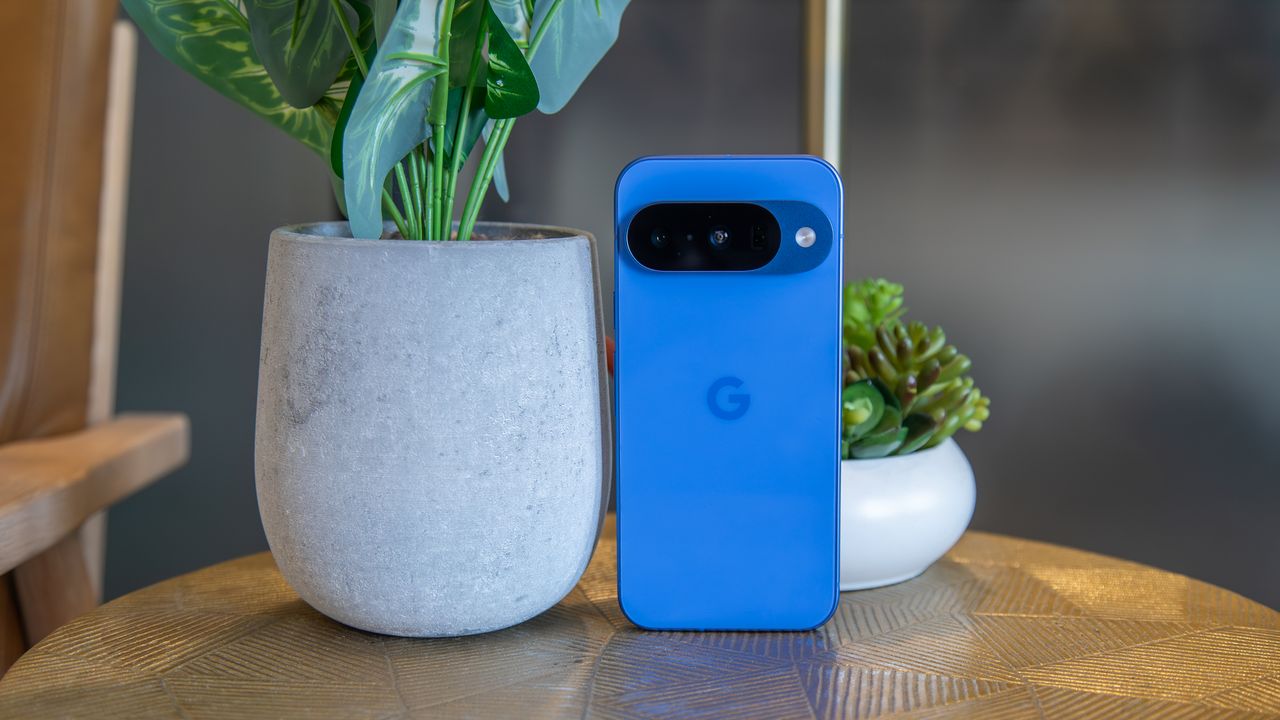
Enjoy our content? Make sure to set Android Central as a preferred source in Google Search, and find out why you should so that you can stay up-to-date on the latest news, reviews, features, and more.
As Google's latest flagship, the Pixel 10 comes at a time when AI is seemingly finding its place within our mobile lives. Look at any Pixel 10 ad and you'll notice that Google focuses less on hardware and more on what the phone can do for you, showing just how meaningful the latest Gemini updates and features have become; it's more than a gimmick. That said, the Pixel 10 still has a few hardware upgrades that we hoped to see in the last generation, turning it into nearly a complete package, even when compared to the Pixel 10 Pro.
The Pixel 9 was a good phone, but given its limitations, I couldn't find a reason to spend $800 on it. And while the Pixel 10 isn't a massive overhaul from its predecessor, the upgrades it does bring turn it into an AI phone more than worth its $800 price tag.
Google Pixel 10 review: Price and availability
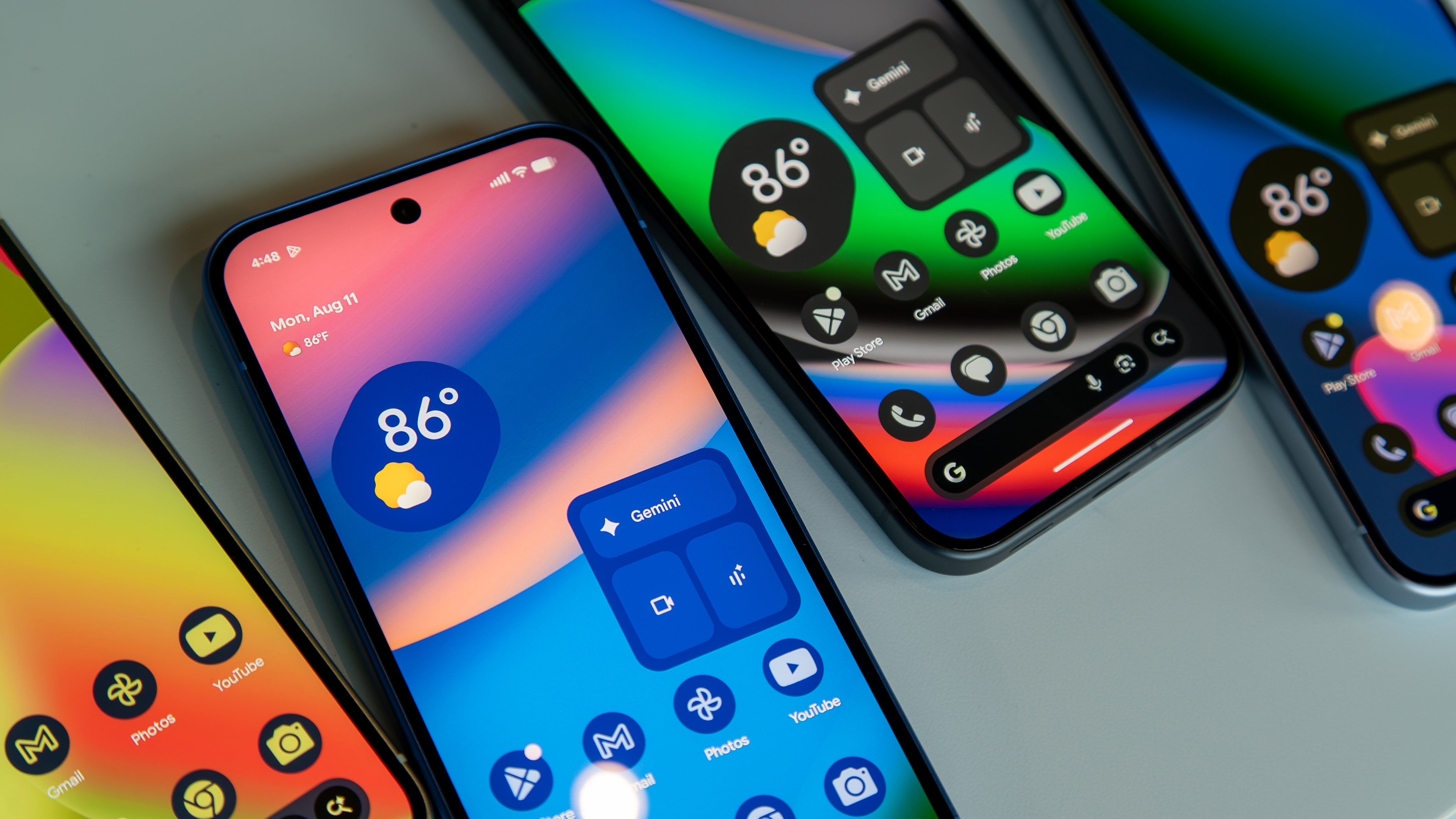
The Google Pixel 10 was announced alongside the rest of the Pixel 10 series on August 20, 2025. The phone went up for preorder on the same day, and sales began on August 28.
The Pixel 10 starts at $799 for the 12GB+128GB configuration, while the 12+256GB configuration will set you back $899.
There are four available color options to choose from: Indigo, Lemongrass, Frost, and Obsidian. Each color is available in either configuration.
Google Pixel 10: Specs
Category |
Pixel 10 |
|---|---|
Display |
6.3-inch Actua OLED, 1080 x 2424, 422 PPI, 60-120Hz, 3000 nits |
Processor |
Google Tensor G5 |
Memory and storage |
12GB, 128GB/256GB |
Cameras |
48MP main with macro focus, 13MP 120-degree ultrawide, 10.8MP 5x telephoto, 10.5MP 95-degree Dual PD AF selfie, 4K/60 10-bit HDR on all cameras |
Security |
Titan M2 chip, Ultrasonic fingerprint sensor, single-camera face unlock, Google VPN |
Battery and charging |
4,970mAh, 30W wired, 15W Qi2 Pixelsnap wireless |
Dimensions |
152.8mm x 72mm x 8.6mm |
Weight |
204g |
Durability |
Gorilla Glass Victus 2 front-and back, IP68 |
OS and updates |
Android 16, 7 years of OS and security updates (until Android 23) |
Connectivity |
Wi-Fi 6E, Bluetooth v6, NFC, Dual-band GPS, 5G mmWave (NA only), 5G Sub-6, LTE |
SIMs |
Dual eSIM (U.S. only), single nano SIM and one eSIM (global models) |
Colors |
Indigo, Frost, Lemongrass, Obsidian |
Google Pixel 10: Design and display
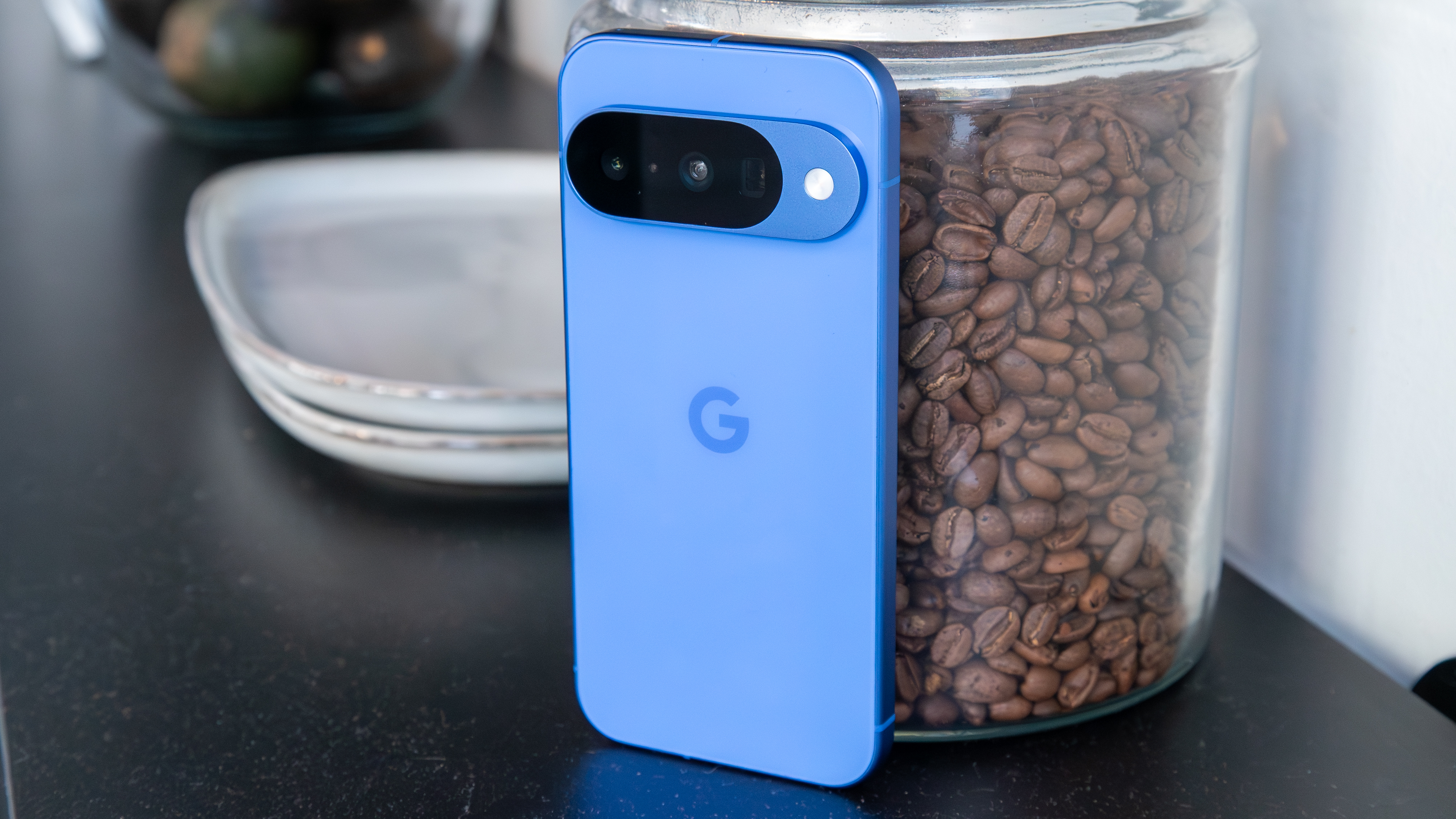
- The Pixel 10 design refines the Pixel 9 design, lacks a SIM tray and mmWave bar.
- The Pixel 10 is slightly thicker and heavier than its predecessor, due in part to a bigger battery and Qi2.
- The AMOLED display is bright and vibrant with sizable bezels, but the PWM rate is still low compared to competitors.
The Pixel 10 is nearly identical to the Pixel 9, albeit slightly thicker, and the camera bar is a bit wider, but it retains the general shape and design cues. The iconic camera bar and vibrant Indigo color help this phone stand out, and anyone even vaguely familiar with Pixel phones would recognize this as one.
There are some minor changes that Google made, such as removing the SIM card slot at the bottom and the mmWave bar at the top. As a result, the Pixel 10 frame is cleaner and more symmetrical.
During a time when slim phones are back in fashion, Google's decision to develop a thicker phone may seem questionable. However, it makes sense when you account for the larger battery and the likely internal redesign that results in full magnetic Qi2 charging support.
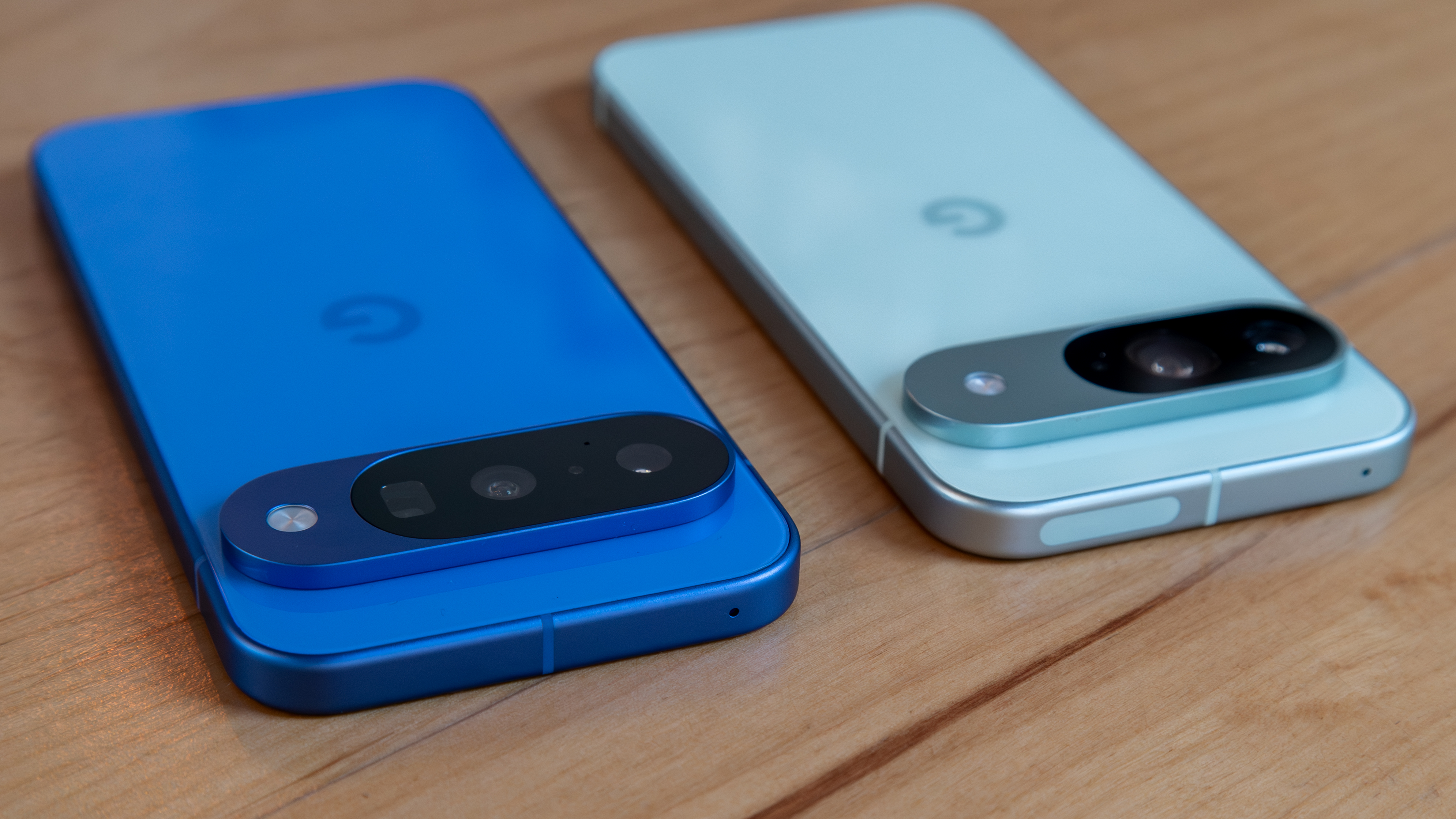
The display is a 6.3-inch OLED panel with rather sizeable bezels, which don't bother me as much as I thought. The panel is much brighter than its predecessor and quite vibrant, even in Normal display color mode.
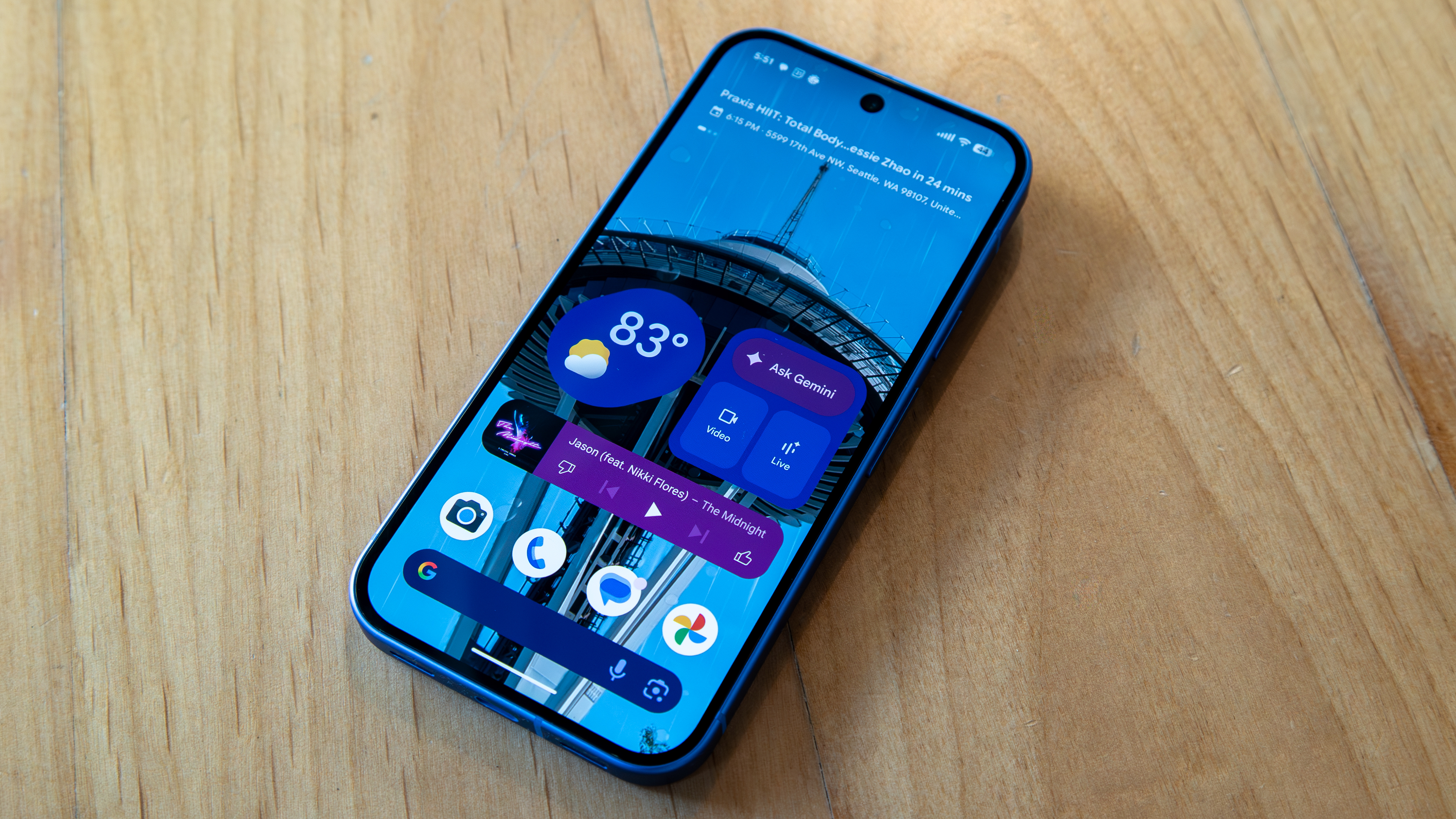
Some potential buyers may not be pleased with the seemingly low PWM rate, which appears to have remained unchanged from its predecessor. The Pixel 10 Pro and Pro XL can effectively double this rate using an accessibility toggle, but even these phones miss the mark with a subpar implementation, and the Pixel 10 misses out on this feature completely. Fortunately, it doesn't bother me, but it's something to note.
Google Pixel 10: Network and eSIM
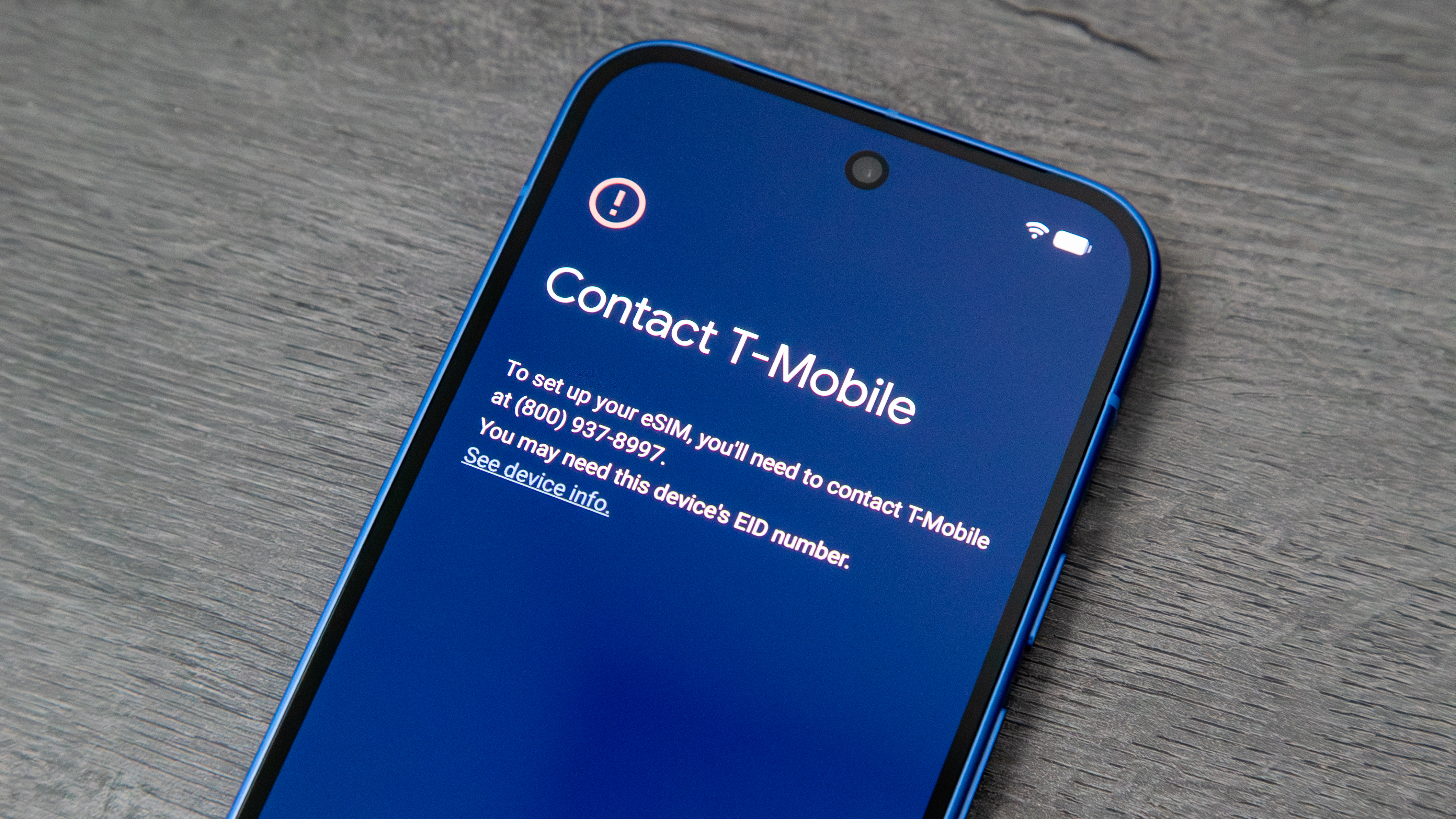
- The Pixel 10 is eSIM-only in the U.S., but the transfer is streamlined.
- The phone appears to have a harder time maintaining a 5G connection.
As you may have heard, the Pixel 10 lacks a SIM card slot in the U.S., which initially had me worried.
Fortunately, it isn't all bad; while the initial eSIM transfer during setup failed, a second try after the setup process worked without a hitch. I transferred and converted the physical SIM from the Razr Ultra to the Pixel 10, and even transferred the eSIM back and forth, just to see if it would be just as easy. It was.
It's still not as simple as just popping out my SIM card from one phone to another, which is ideal for someone who reviews plenty of phones per year, but the process of transferring an eSIM is very streamlined and takes less than a minute.
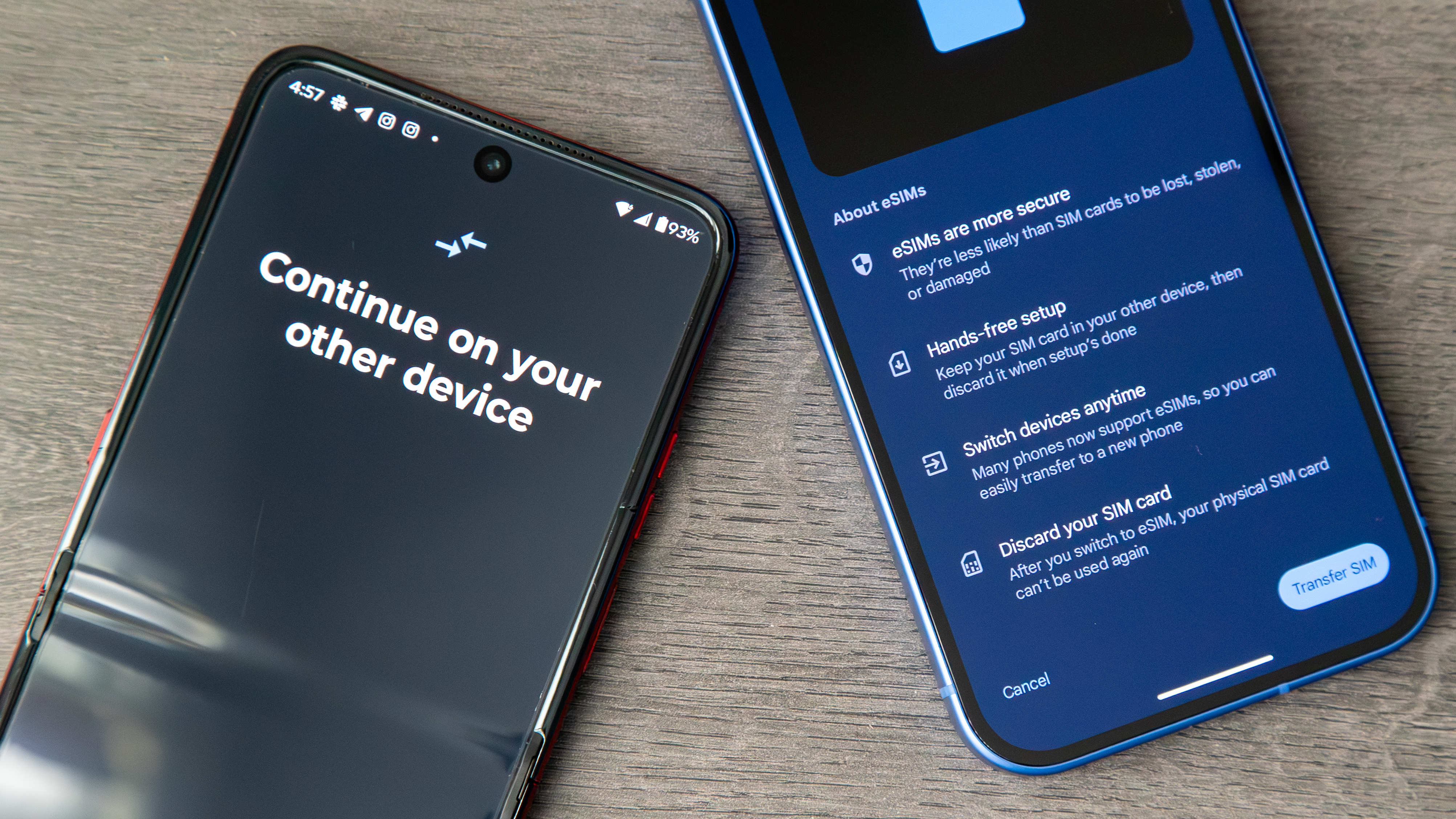
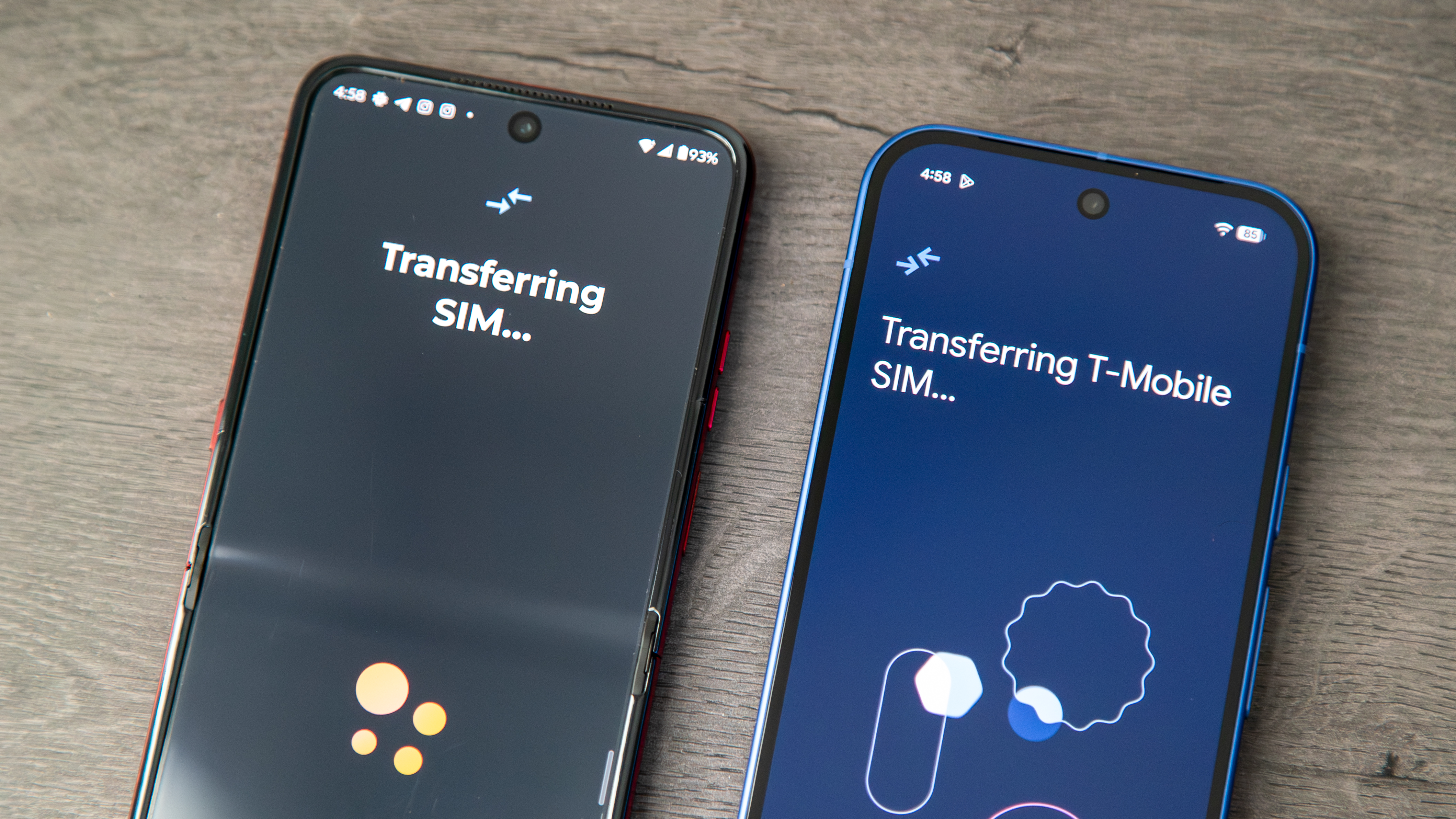
I tested the Pixel 10 with my own T-Mobile phone number, which normally works very well in Seattle. Usually, I get 5G/Ultra-Capacity in most places, with a few spots where it temporarily falls back to LTE. However, with the Pixel 10, I've noticed that the phone falls back to LTE more frequently than any other phone I've tested, which feels a little concerning. I'm not sure if this issue is due to the antennas or the modem, but it doesn't give me much confidence in its telephony capabilities.
Google Pixel 10: Hardware and performance
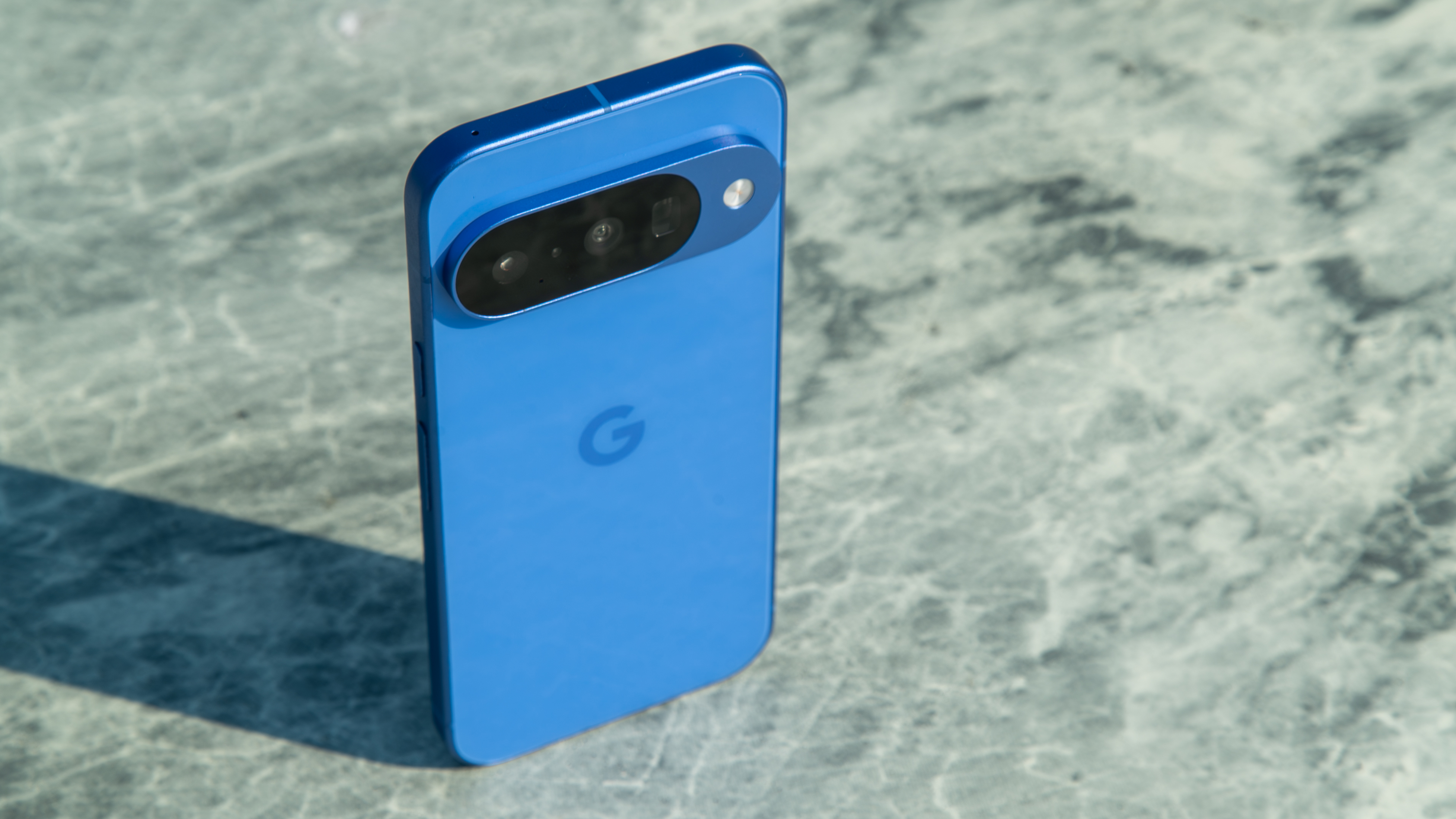
- Tensor G5 performance feels solid in everyday use, but gaming isn't its strong suit.
- Stereo speakers and haptic feedback sound and feel great.
- The phone starts at 128GB of storage, and only gets UFS 4.0 with the 256GB variant.
The Pixel 10 is powered by the Tensor G5 chipset, a significant shift from Samsung to TSMC-made chips. CPU performance is said to have improved by 34%, while TPU performance jumps 60%. How that translates in real-world use means the Pixel 10 feels plenty snappy when performing everyday tasks.
It might not match the performance of something like the Snapdragon 8 Elite or even its upcoming successor, but for most people, that won't really matter. Despite comparatively weaker benchmarks when compared to its competitors, this phone performs just as I would expect an $800 phone to. Storage also receives a minor upgrade to UFS 4.0, but only for the 256GB variant.
Test |
Google Pixel 10 (Tensor G5) |
Google Pixel 10 Pro/XL (Tensor G5) |
Google Pixel 9 Pro XL (Tensor G4) |
Honor Magic 7 Pro (Qualcomm Snapdragon 8 Elite) |
Samsung Galaxy S25 Ultra (Qualcomm Snapdragon 8 Elite for Galaxy) |
Samsung Galaxy Z Flip 7 (Samsung Exynos 2500) |
|---|---|---|---|---|---|---|
Geekbench 6 (single-core) |
2,179 |
2,333 |
1,895 |
2,965 |
3,001 |
1,849 |
Geekbench 6 (multi-core) |
4,777 |
6,375 |
4,111 |
6,342 |
9,381 |
6,822 |
Geekbench AI (quantized score) |
2,742 |
3,703 |
3,049 |
2,115 |
4,026 |
3,581 |
3DMark Wild Life Extreme (score) |
3,122 |
3,254 |
2,483 |
6,391 |
4,855 |
4,400 |
3DMark Wild Life Extreme (FPS) |
18.70 |
19.49 |
14.86 |
38.27 |
29.08 |
26.35 |
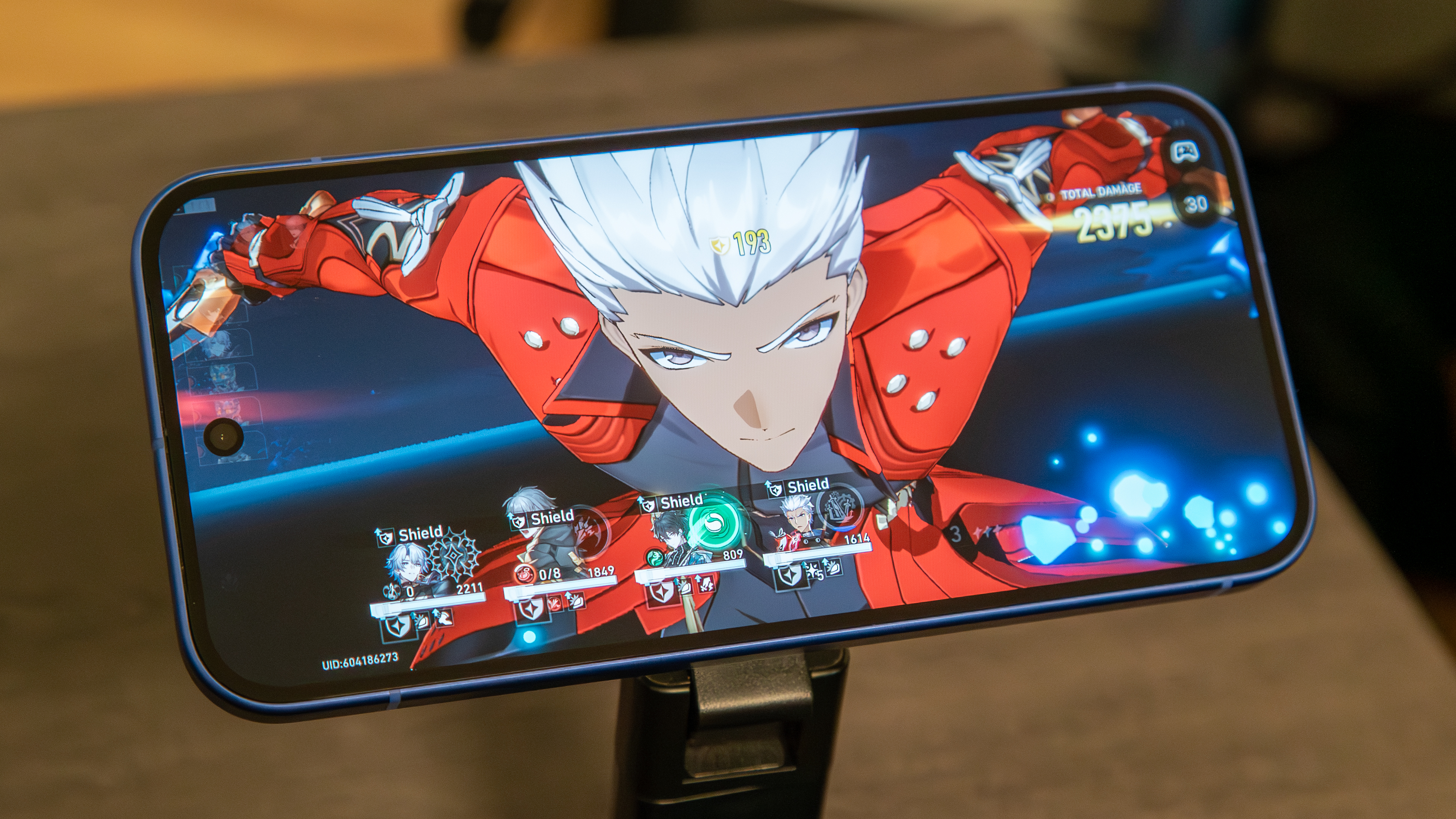
Unfortunately, heavy gaming isn't a strong suit for the Pixel 10, so if that's what you're looking for, you might want to consider something with more power. You can still get away with playing games like Honkai: Star Rail on high settings, but don't expect consistently high frame rates, as noted in the benchmark table above.
The phone also has trouble rendering certain scenes, so you may notice things are a bit off when gaming. This is likely due to Google's seemingly restricted and somewhat outdated GPU, although it's possible future updates could improve performance.
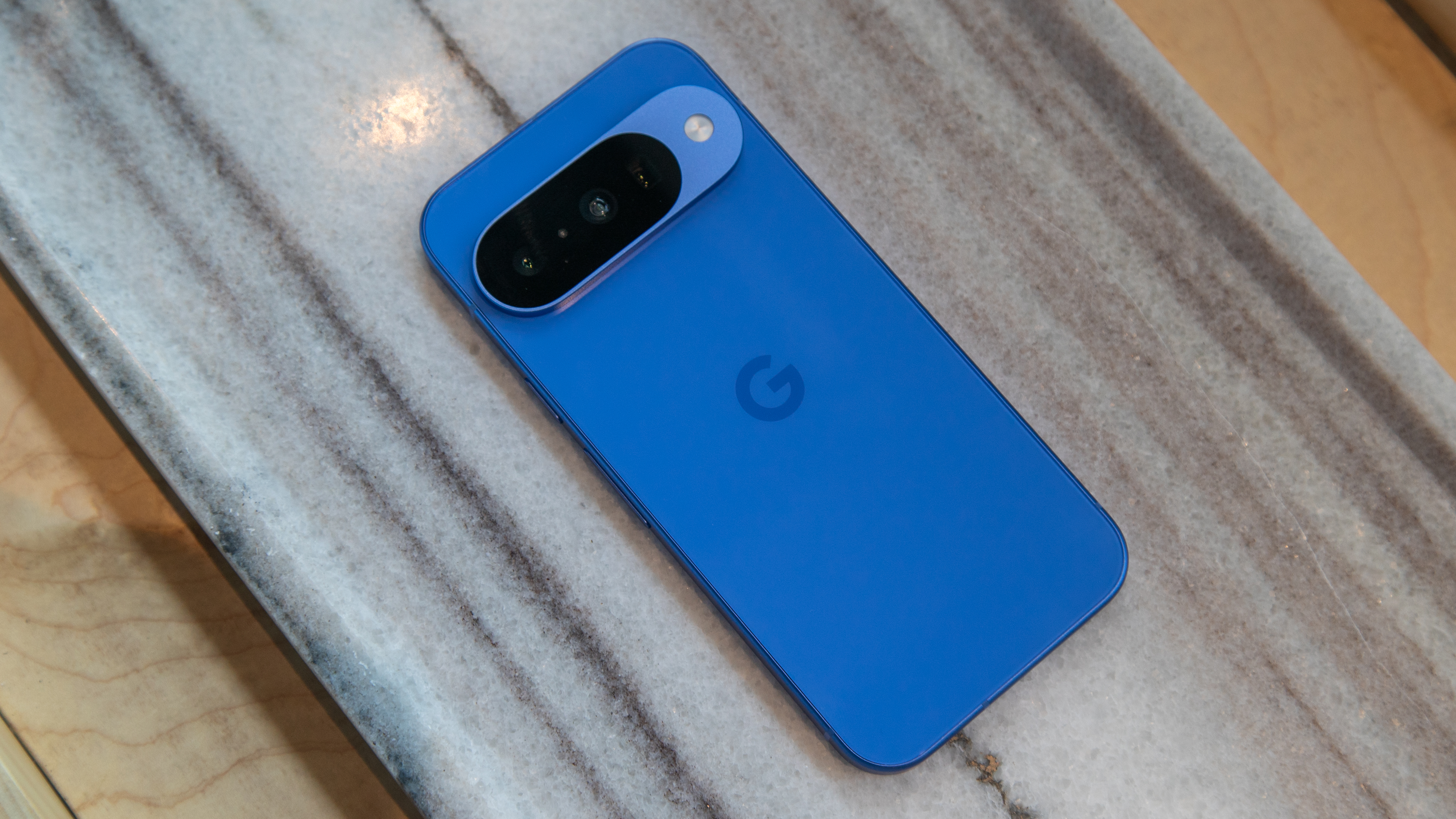
Google says it upgraded the speakers, and while I can't discern a difference from the Pixel 9, I've always been impressed with Pixel audio, and I'm no less impressed with the Pixel 10. Along with great speakers, haptic feedback is also phenomenal. Pokémon Go and Duolingo are great examples, from the shake of a Poké Ball when capturing a Pokémon to the congratulatory animation when extending your lesson streak. Haptics also extend nicely to the software experience.
Google Pixel 10: Software and AI
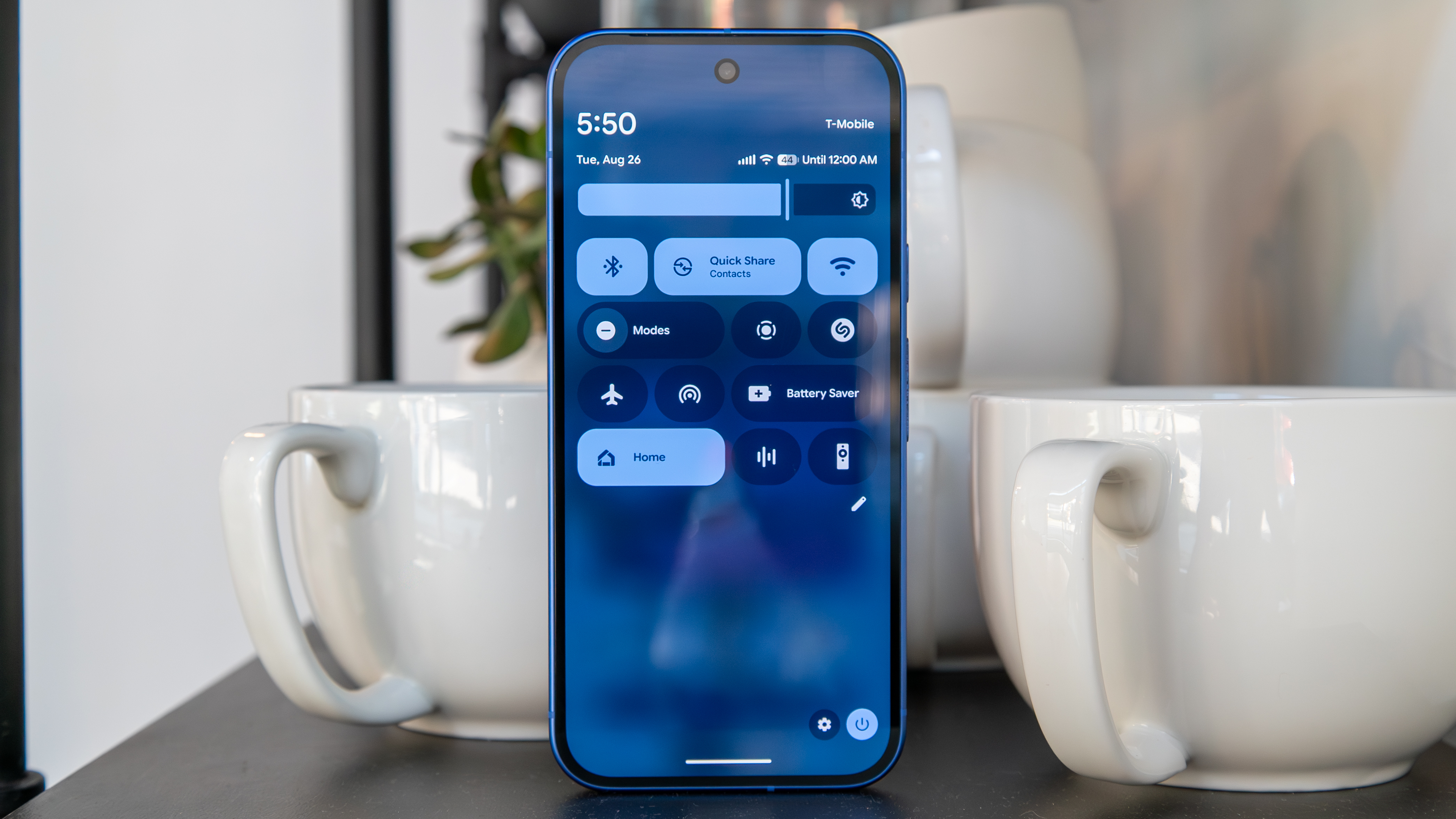
- Android 16 is vibrant and reactive, thanks to Material 3 Expressive.
- Most new and upgraded AI tools feel genuinely useful.
- Magic Cue has a lot of potential and can be genuinely useful if you're patient.
The Tensor G5 may not compete with some other flagship chips in terms of raw performance, but software is where the Pixel 10 shines. Android 16 is more vibrant than ever, thanks to Material 3 Expressive, which is visually and physically expressive. I love how dismissing a notification will not only trigger a bouncy and almost sticky animation, but you'll feel the moment you swipe the notification away, thanks to the phone's haptic engine.
I also love the new customizable Quick Settings menu, as the unnecessarily large buttons in previous Android versions were my biggest gripe with the Pixel UI. Now, you can customize each tile, making them larger or smaller. There are still some changes I'd like to see with Android 16 on the Pixel, but this is a step in the right direction.
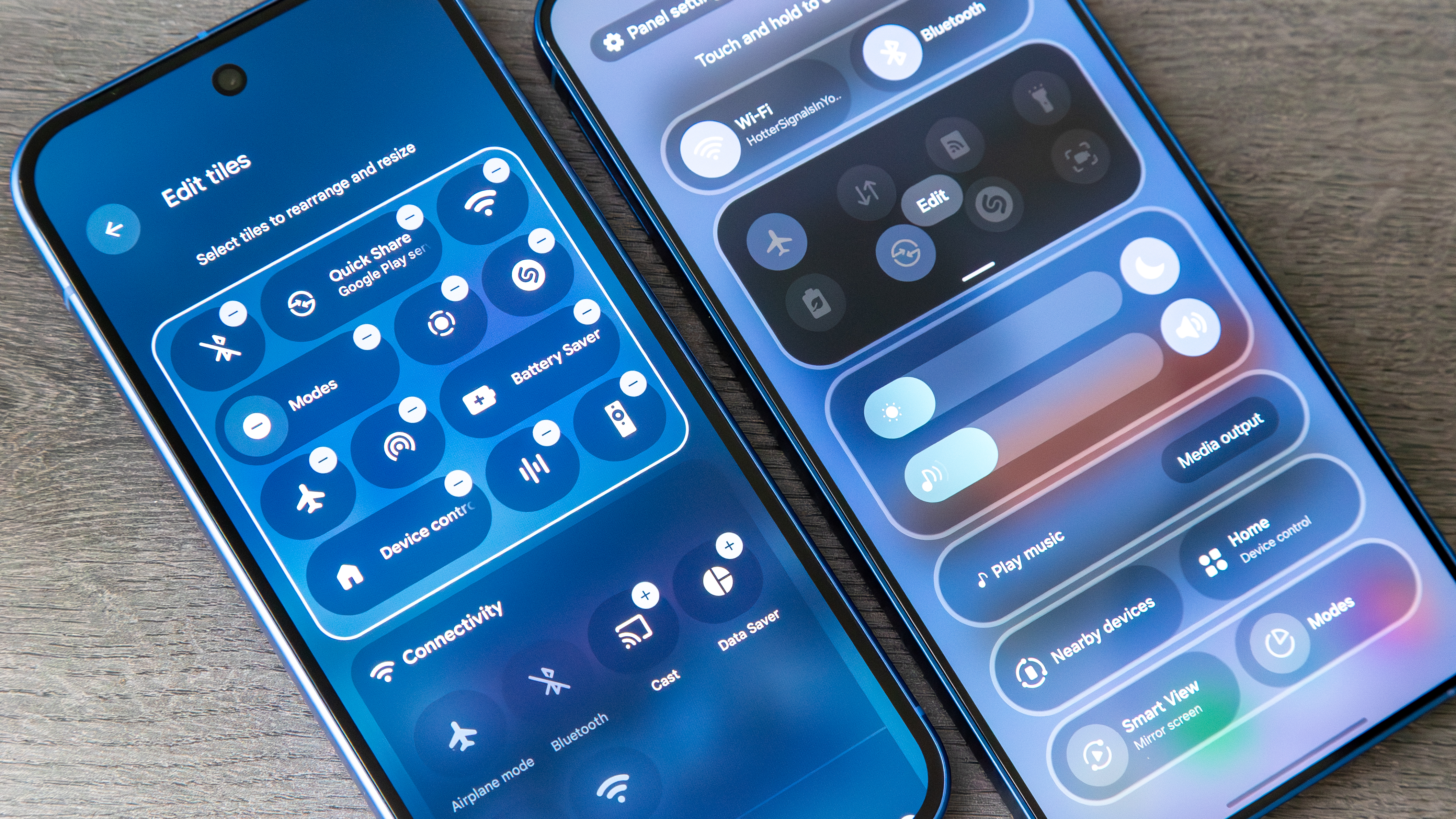
I actually find myself using the Pixel screensaver, which surfaces the Weather app, photos, or your Google Home controls. It rotates, too, which is a nice touch when it's mounted on a charger, turning it into something resembling a smart home display.
The Live Effects for wallpapers add some new flair to your images with animated shapes, cinematics, and even weather (being in Seattle, I opted for rain over a photo of the Space Needle).
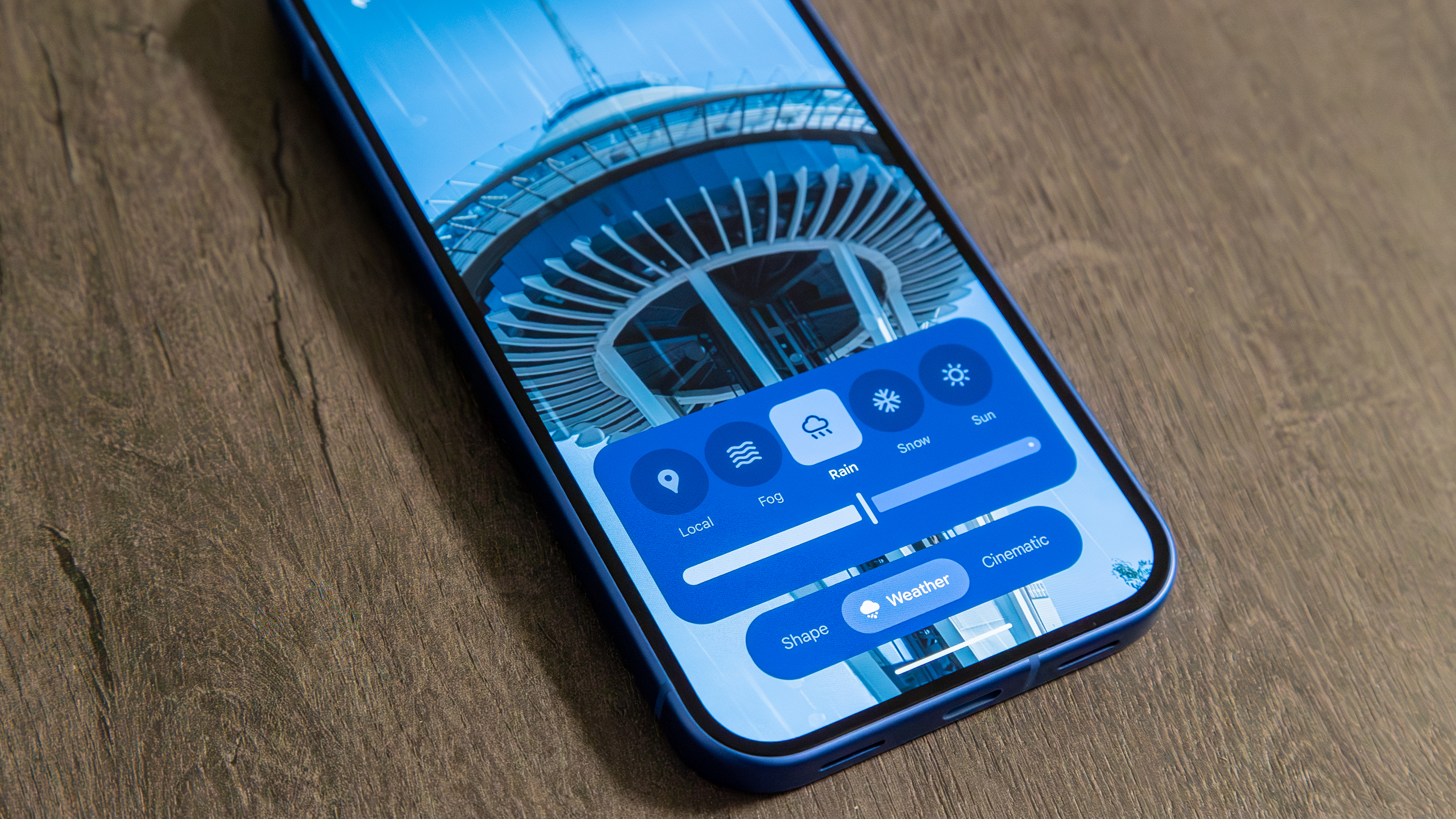
Google's new AI features have been mostly a hit during my time testing the Pixel 10. I already love Gemini Live, and its video feature was upgraded to highlight objects on your screen. I asked it for a good book recommendation for my friend who enjoys Star Wars, and it pointed me to my copy of Jedi Battle Scars on my bookshelf (although I think I'll keep it for myself).
Google highlights Gemini Live in its Pixel 10 ads, and it's understandable why; it's one of my favorite features to use, and it's a great way to show off to my friends just how useful Gemini can be.
Voice Translate continues to impress me, allowing others to hear my actual voice speaking another language while I'm actually speaking English. You can also hear their translation in their voice, which makes the conversation feel more natural. I previously tried a similar feature on a Samsung phone, but it was awkward and used a preloaded voice. Furthermore, Google's implementation is processed on-device, which is excellent for privacy.
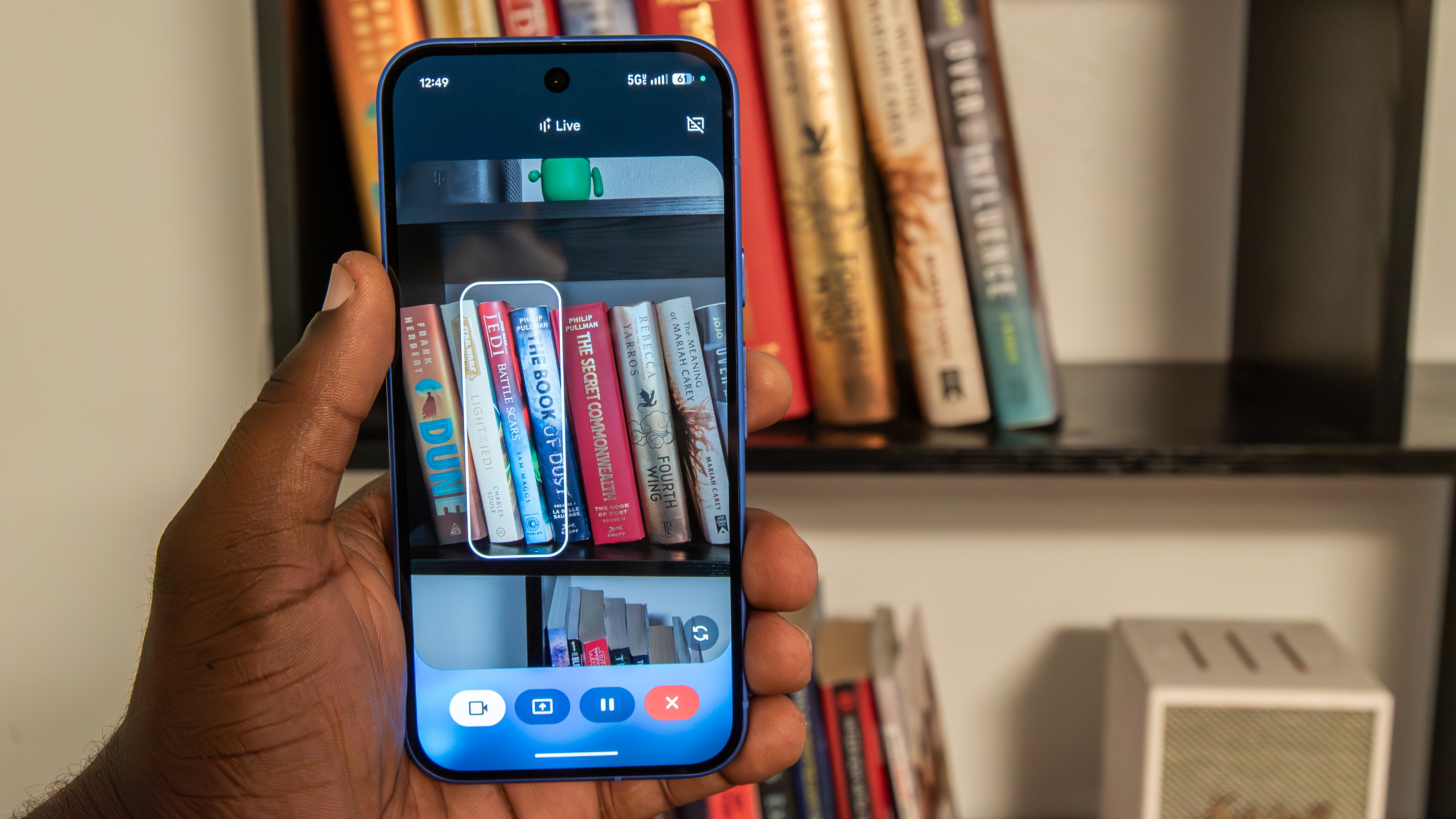
Daily Hub and Pixel Journal feel a little less useful than they may be. The former hides in the At a Glance widget or the Discover feed, next to your home screen, and it surfaces upcoming Calendar events, video recommendations, and various topics for you to explore. It's Google's version of Samsung's Now Brief, but it doesn't seem to really add to the overall software experience.
Google must have caught on, because it pulled the feature not long after the Pixel 10 launched, announcing that it's "actively working to enhance performance and refine the personalized experience," and that it will "reintroduce an improved Daily Hub when it's ready."
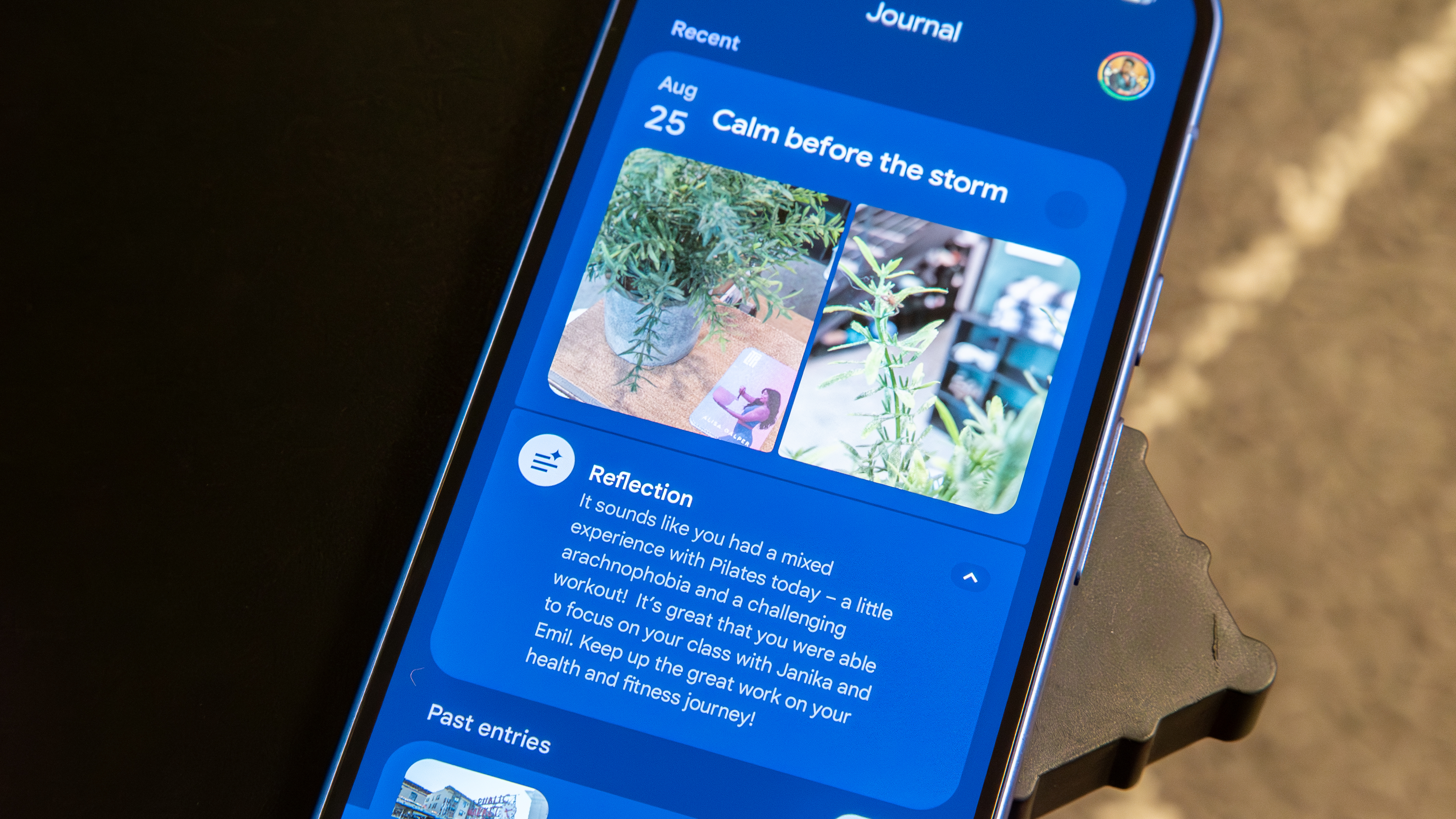
Pixel Journal is an AI-powered journaling app, which is more of a nice-to-have feature than a core experience. You can set goals for your journal, and it will use AI to suggest images to add from Google Photos or even topics to reflect on, based on past entries. And after you finish an entry, it will provide an AI-generated insight as a sort of post-entry reflection.
This may not be for everyone, but as someone who hasn't really journaled since middle school, I think it's pretty cool. That said, the app would be more useful if it had a widget or provided daily entry reminders.
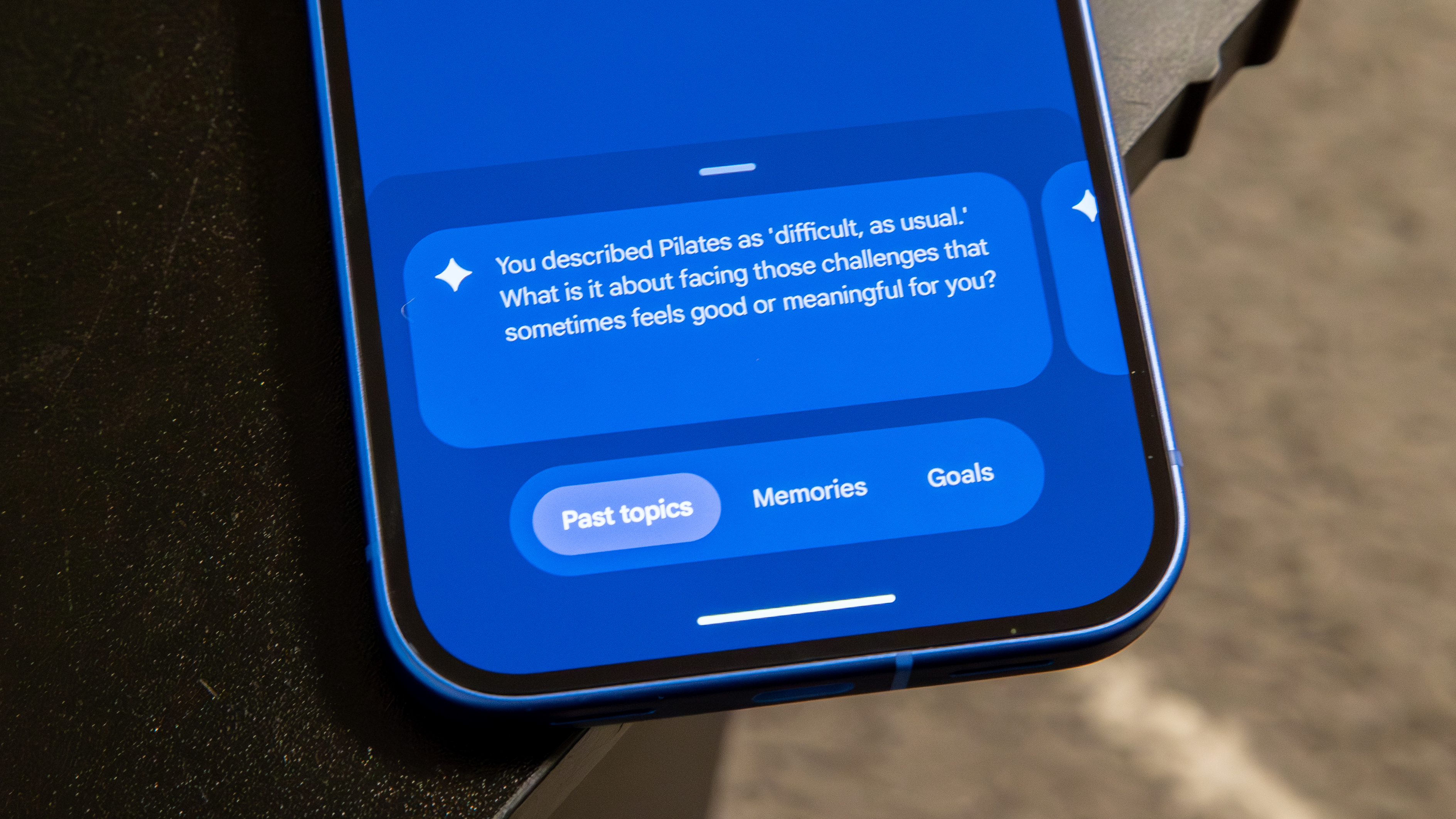
Magic Cue is a highlight feature of the Pixel 10, which aims to turn it into a more proactive AI assistant. It'll bring up relevant and contextual chips or cards in various apps like Messages, allowing you to perform actions faster and without having to dig for info.
For example, I asked a friend when the next Pokémon Go community day was, and he told me it was this upcoming Saturday. Magic Cue then surfaced a chip to create an event. Tapping it opened the Calendar app with an event already filled out titled "Pokémon Go Community Day with Andrew."
It has also surfaced flight details when calling an airline, and even certain text messages it thinks could be relevant when calling specific contacts. And in Google Maps, it will suggest places for you based on your recent usage, which can save you a few seconds.
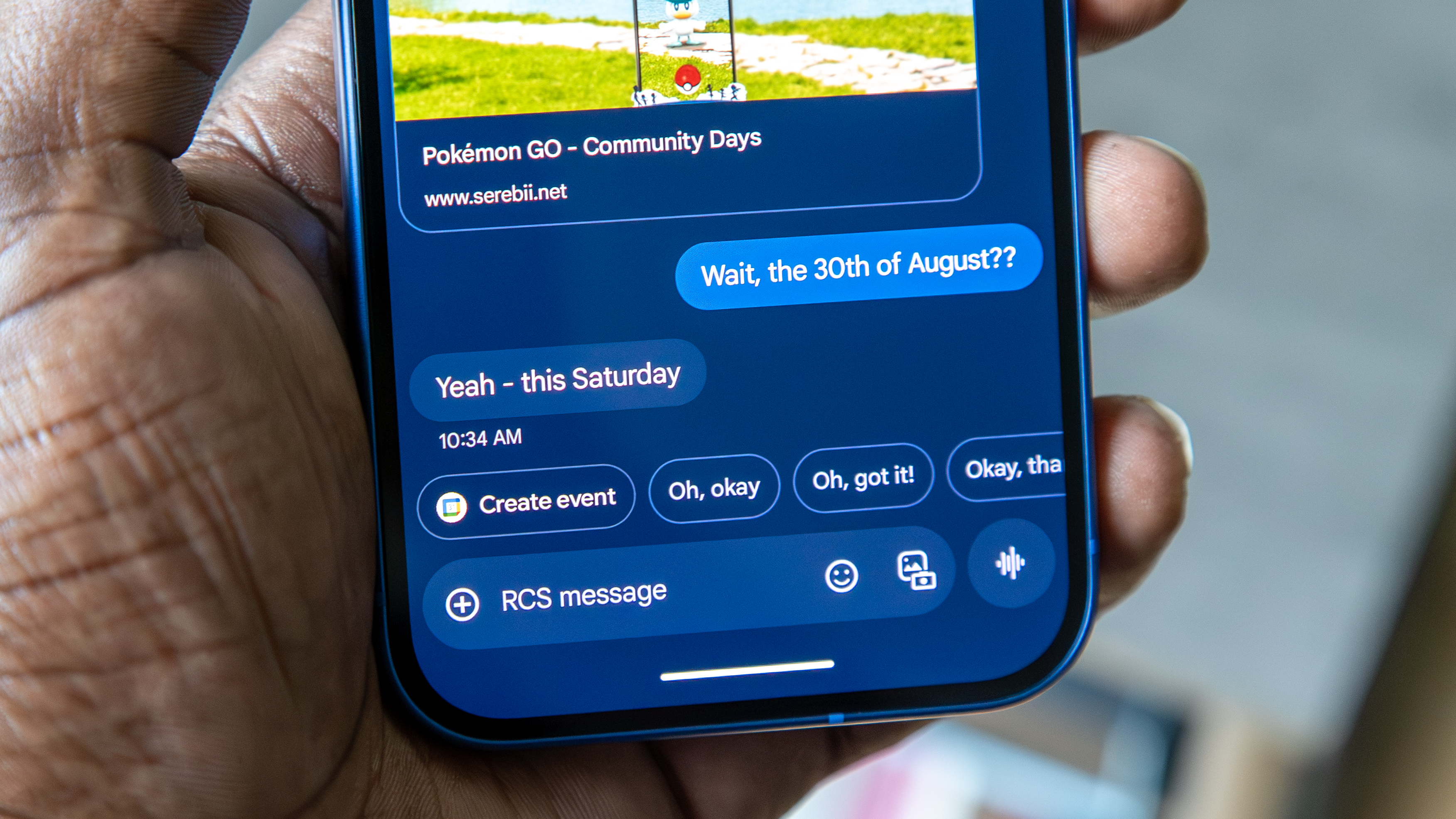
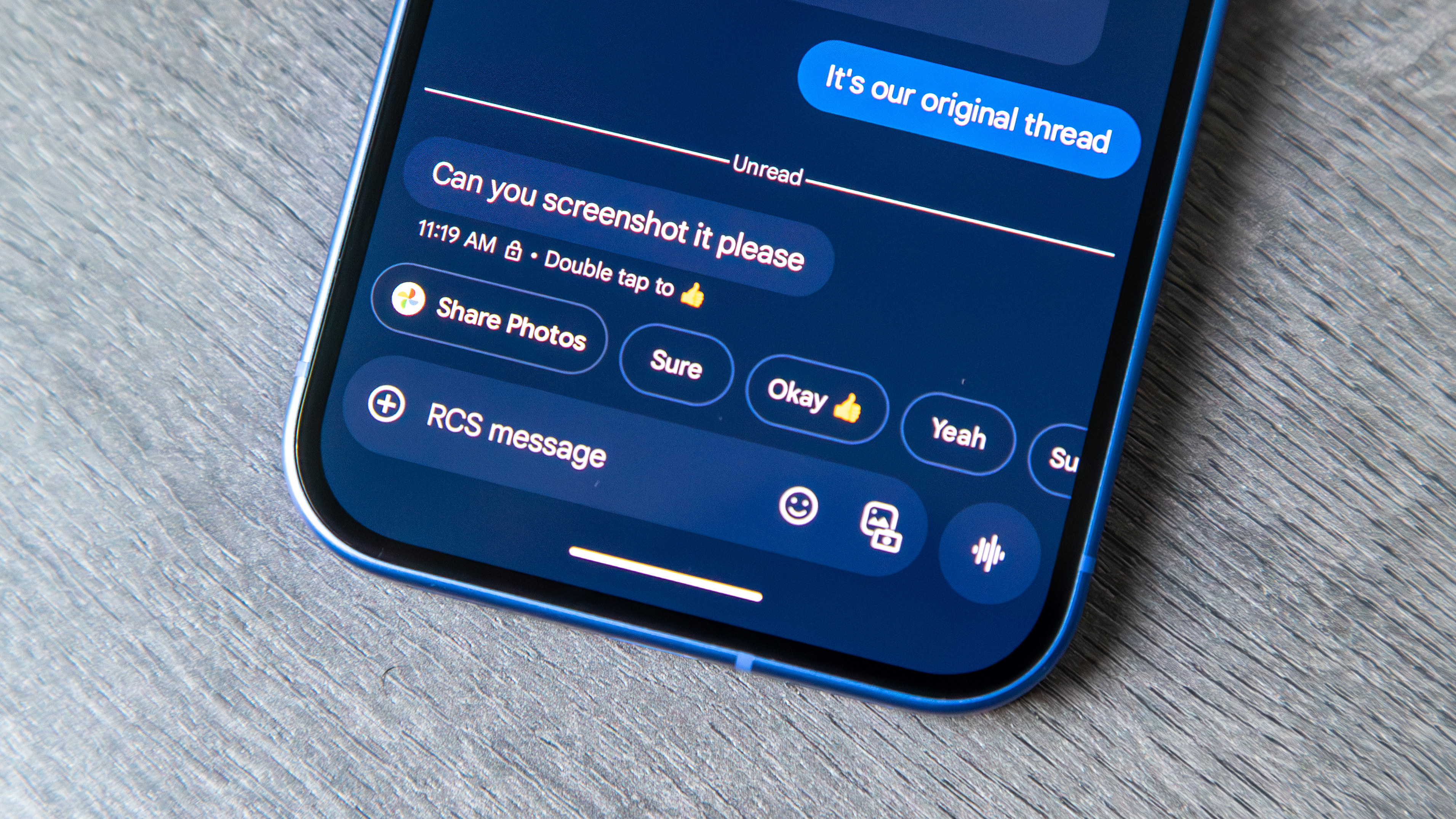
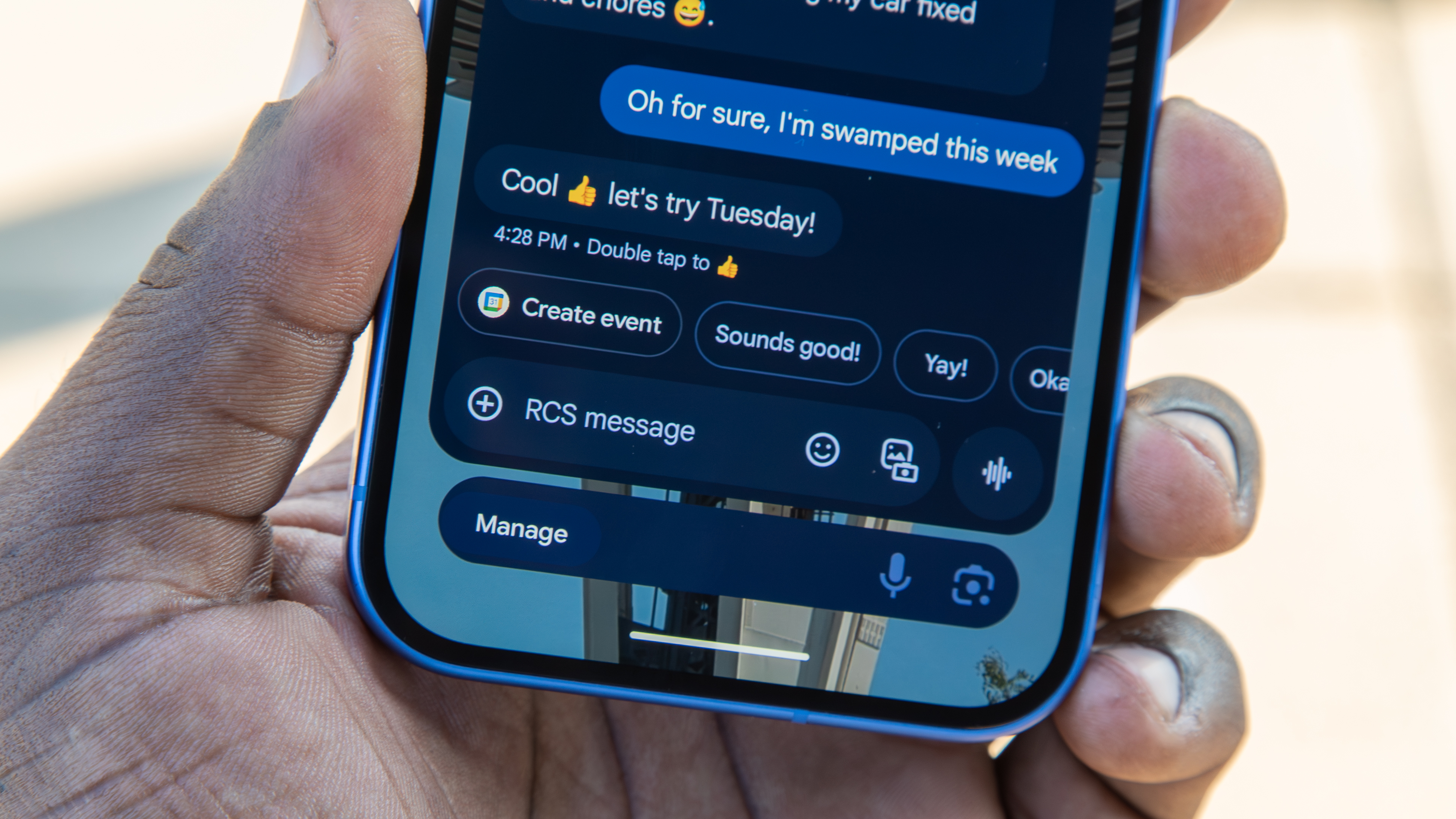
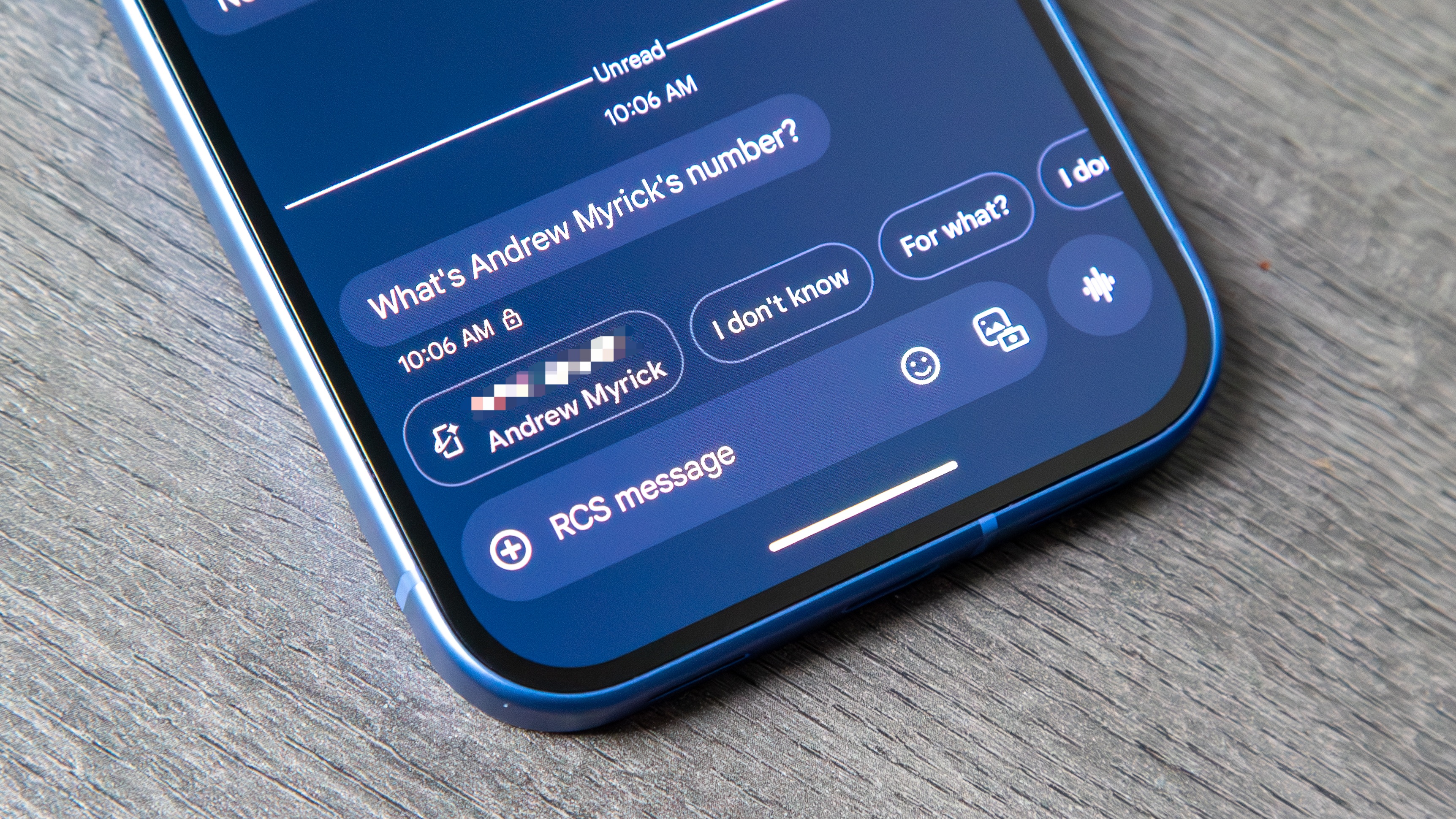
Other instances would surface contact phone numbers when asked or events already in my calendar that I can share with one tap.
There's a lot of potential with this kind of feature, which feels like the most proactive and useful example of AI I've seen on a phone thus far. I imagine more time with the Pixel will make Magic Cue even more useful, and I'm genuinely excited to see where Google goes with this.
Google Pixel 10: Cameras
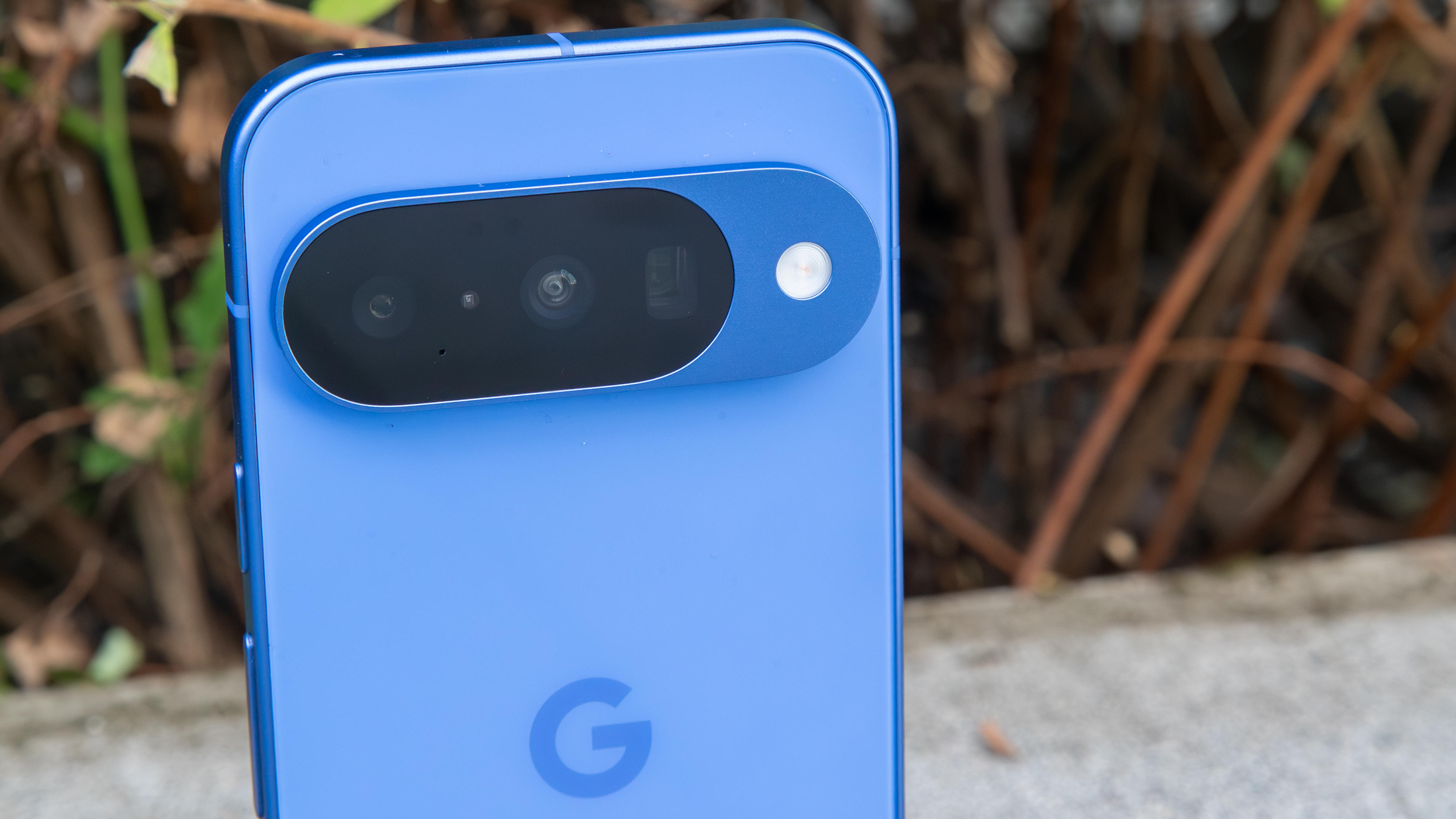
- The Pixel 10 adds a 5x telephoto sensor that enhances zoom levels beyond the Pixel 9.
- Images are crisp, with improved low-light and color reproduction.
- Camera Coach and other AI features make it easier to take good photos.
The Pixel 10 features seemingly "downgraded" primary and ultrawide sensors at 48MP and 13MP, but it also gains a 5x telephoto camera, which feels significantly more capable than the zoom sensors on competing phones, such as the Galaxy S25.
Still, photos from the Pixel 10 cameras are crisp, and colors are pretty true to life. Images didn't blow me away, but the Pixel 10 takes quite good photos.










By comparison, the Pixel 10 takes marginally better photos than the Pixel 9, but it's not always a given. Zoom is enhanced, thanks to the new telephoto sensor, which produces cleaner images. Low-light also seems better in most cases, with much less noise.
For those of you who need help taking good photos (I'm not the best photographer), Camera Coach is an optional new feature that I find intriguing. It uses AI to analyze your scene and then suggests compositions for you, guiding you step-by-step through the process of capturing a good photo.
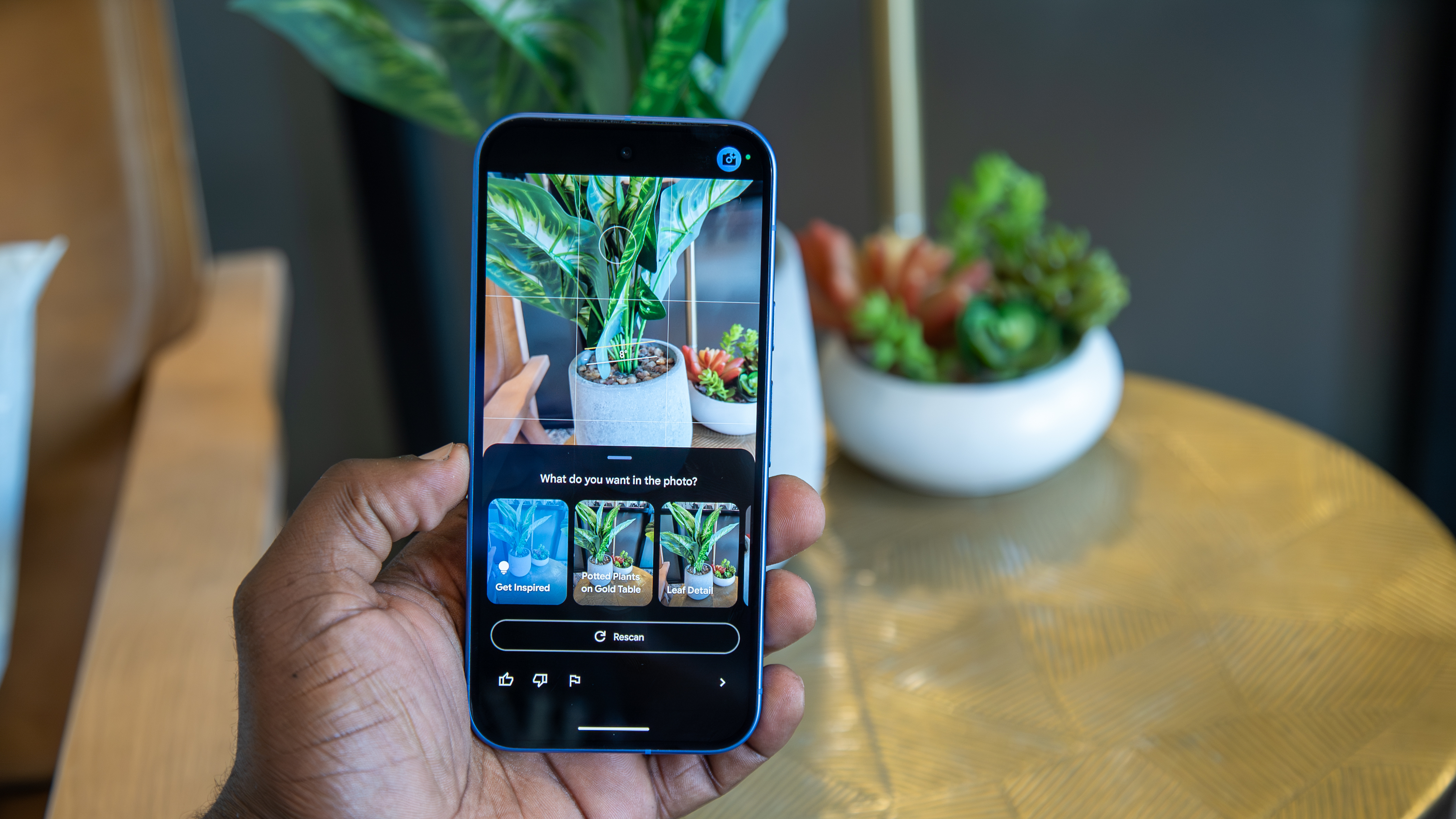
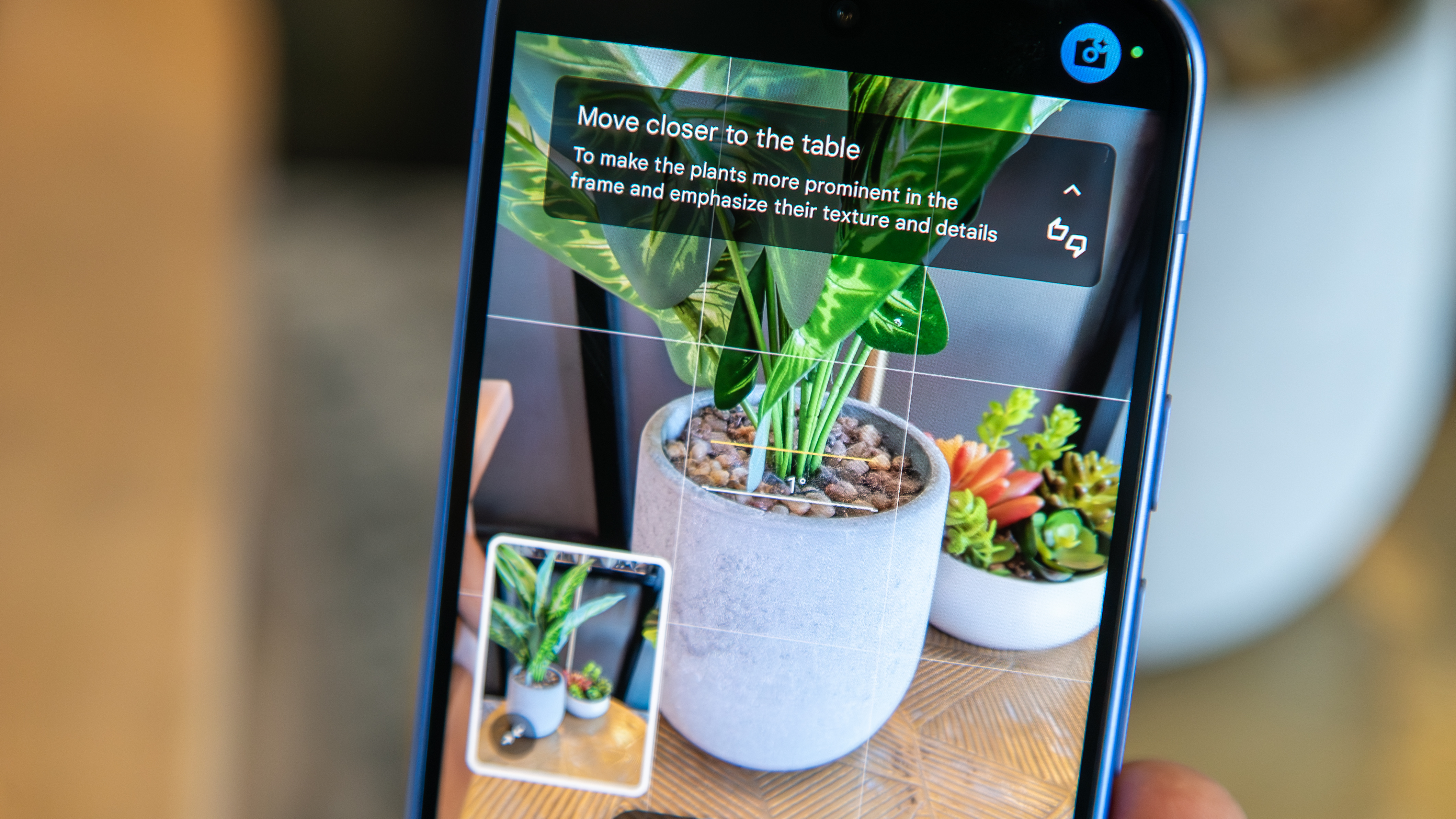
Best Take, Add Me, and Guided Frame have all received useful upgrades that also aim to give the Pixel 10 a larger role in your photo-taking experience. It's clear that Google wants you to think as little as possible about the intricacies of taking a good picture.
This also extends to the editing experience. Thanks to Gemini in Google Photos, you can now skip manual editing and let Gemini do it for you. And while it can't do everything, it can perform tasks such as removing certain elements, leveling the image, or enhancing colors.
It works surprisingly well using natural language, but I can't help but feel like it's teetering on a line of how much AI should be doing for us, especially when manipulating photos. Fortunately, the Pixel 10 camera features CP2A Content Credentials, which identifies images that have been edited, whether by AI or otherwise.
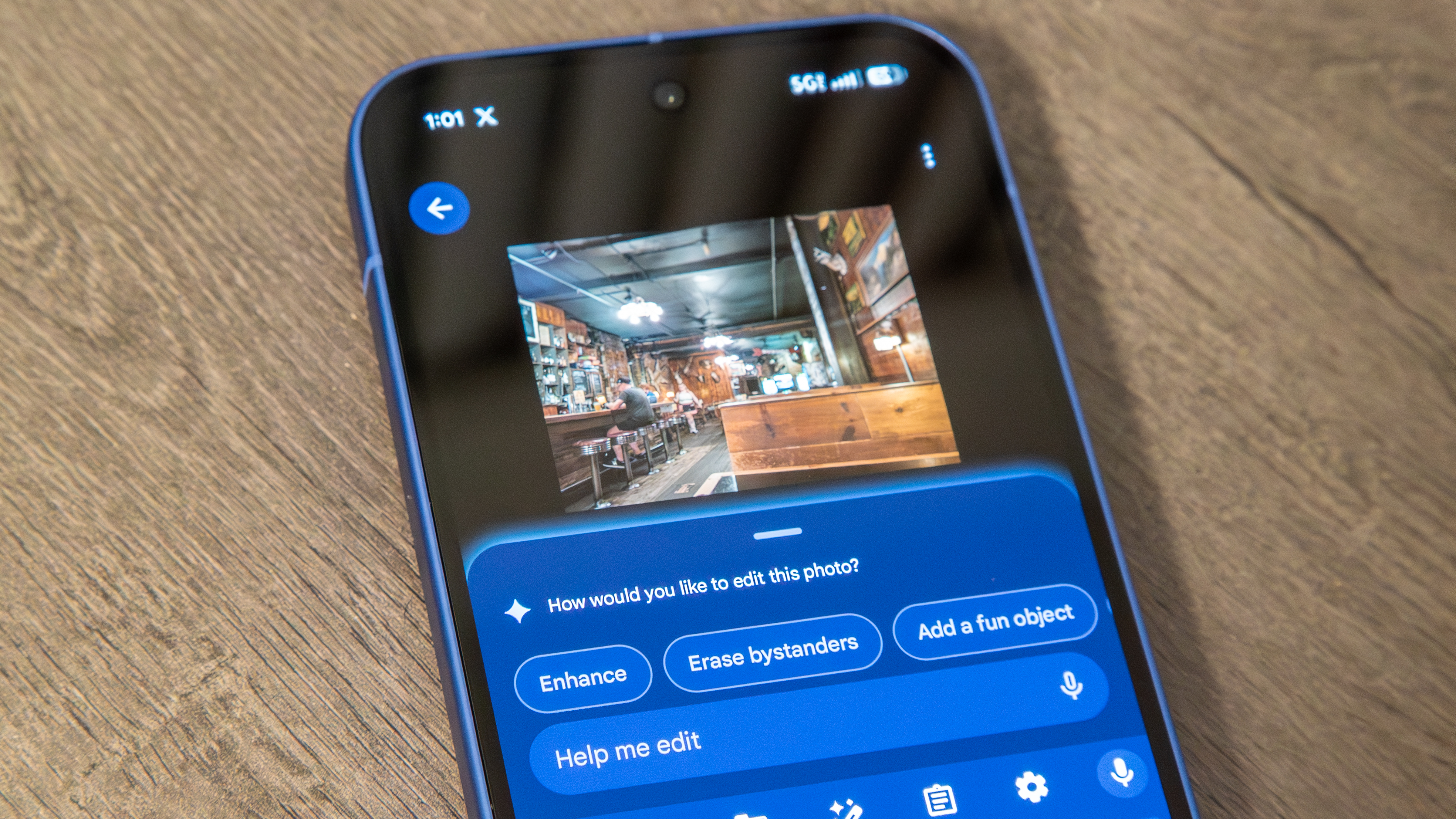
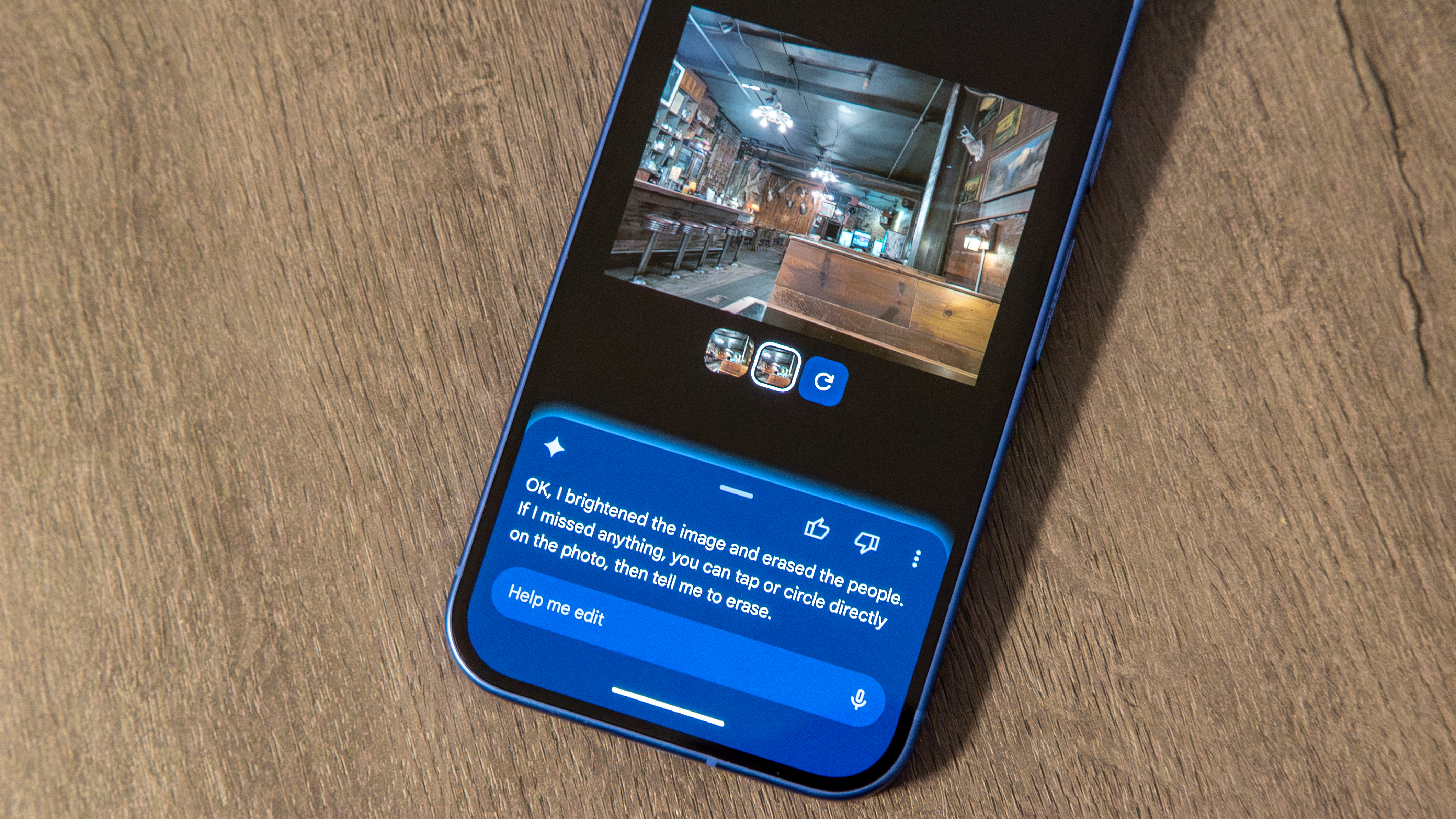
Unfortunately, the Pixel 10 still lacks "Pro" features. There's no 8K video, no Video Boost, no full-resolution images, no 100x zoom, and no Pro Controls. None of these are particularly deal-breakers for me, but it's still unfortunate that Google limits these features to its Pro phones.
Read more about what we think about the cameras in our Pixel 10 series camera review.
Google Pixel 10: Battery and charging
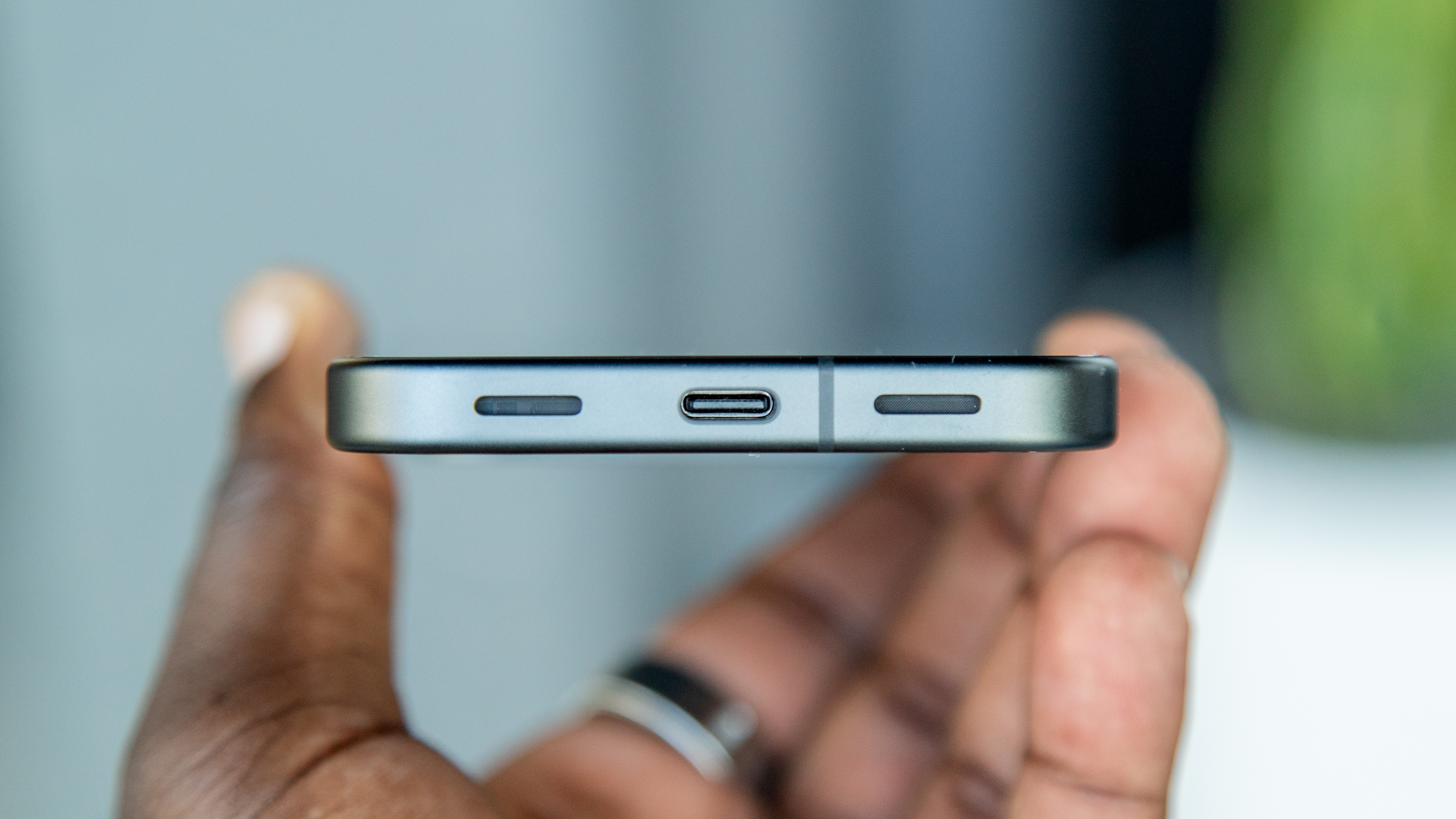
- Charging speeds still trail competitors.
- Full Qi2 support opens the Pixel to a convenient world of accessories.
- Google throttles the battery after 200 cycles.
The larger Pixel 10 battery manages about a day of use on a single charge, which is nothing groundbreaking, but still good. Unfortunately, wired charging is on the slower side.
On the plus side, 15W Qi2 magnetic charging is here, which opens the Pixel 10 to a whole new world. I have a few Qi2 chargers around the house, and I really enjoy slapping them on the phone, with or without a Pixelsnap case. And as someone who always carries a power bank, I'm excited to try a portable Qi2 charger for the added convenience.
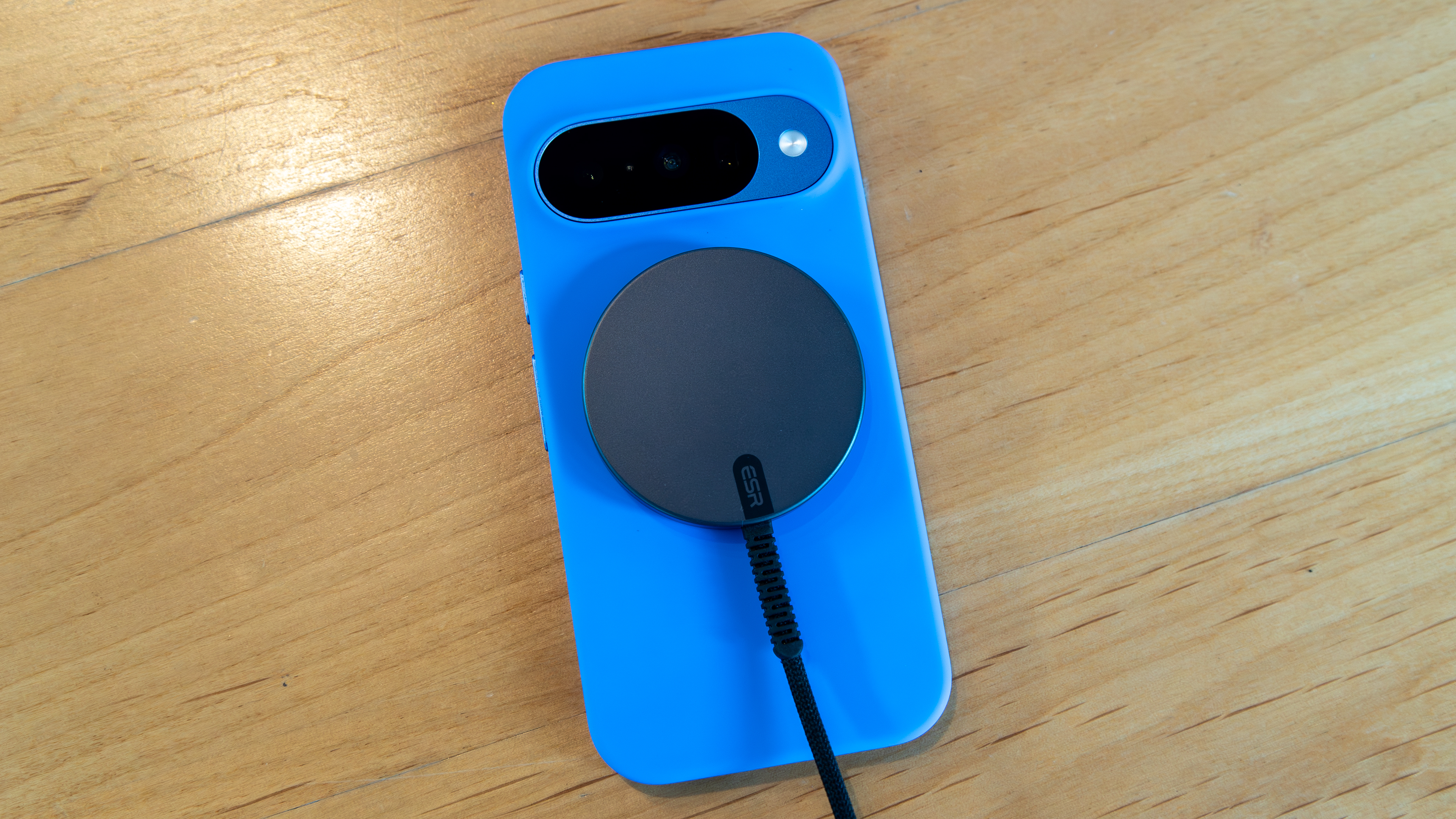
A report notes that Google will begin throttling the battery after 200 cycles with the Battery Health Assistance feature, which feels concerning. It's unclear how this will actually affect battery life and real-world charging speeds over the phone's long lifespan, but something like this would be better as an optional feature.
Google Pixel 10: Competition
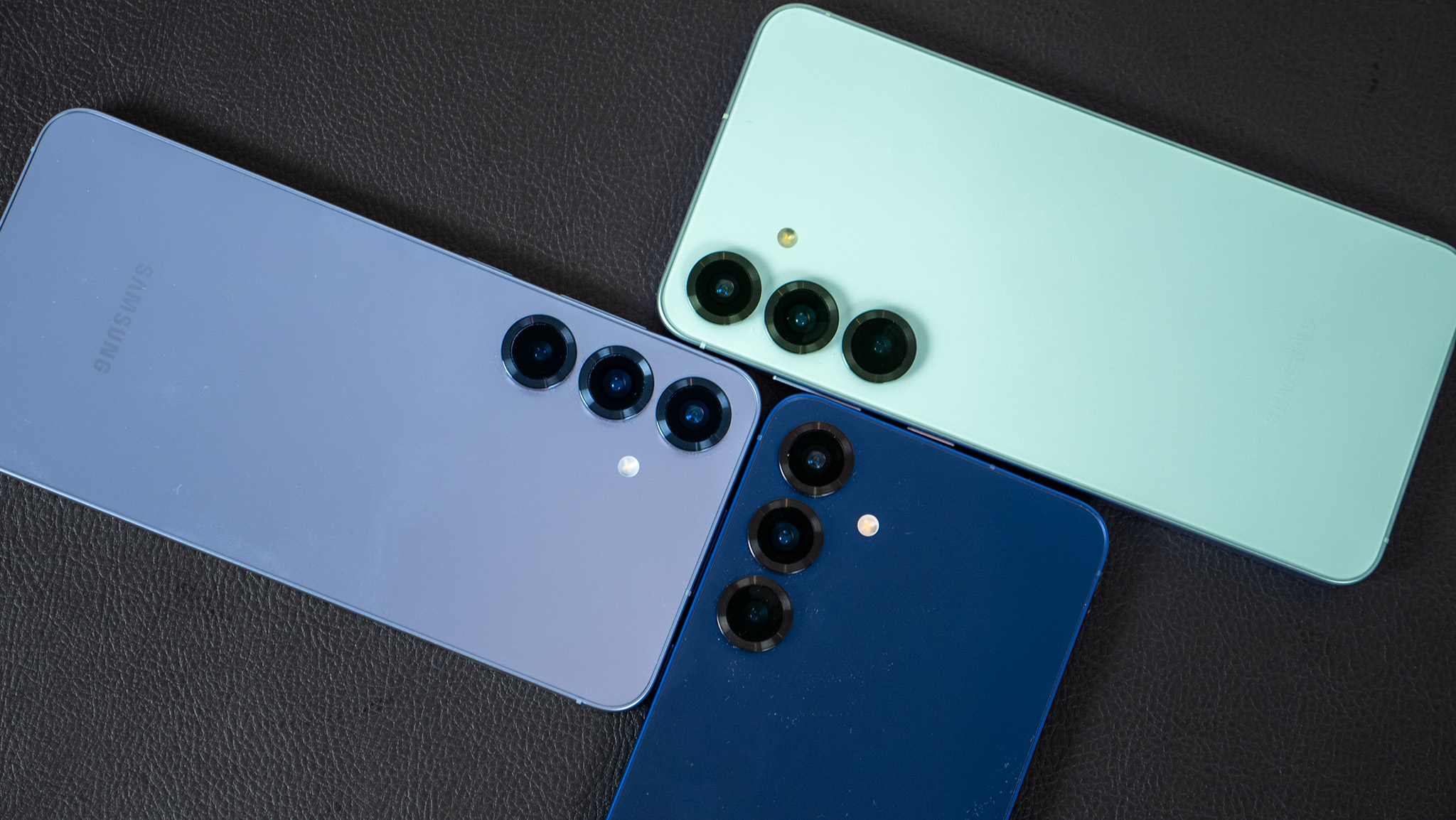
The Galaxy S25 is the Pixel 10's closest competitor and another $800 phone with a strong focus on AI. However, powered by the Snapdragon 8 Elite, it's much more of a powerhouse than the Pixel. It also comes with seven years of support and is preloaded with Gemini and Galaxy AI.
That said, it doesn't support full Qi2, so magnetic charging is only possible with a case. Furthermore, the zoom range is arguably weaker with its 3x telephoto camera.
Alternatively, you could go for something like the OnePlus 13, which was one of our favorite phones this year. It comes with more storage, exceptional cameras, IP69 for water and dust protection, and a huge battery with incredibly fast charging.
Software support isn't as robust, and OnePlus's AI offering isn't as impressive. The phone is also much larger than the Pixel 10. However, you can find it at a nice discount at the time of writing.
Finally, there's the iPhone 17, which costs $800 and sports Apple's latest A19 processor, easily outperforming the Tensor G5. You get the latest version of iOS with Liquid Glass, built-in Qi2 magnetic charging, a 120Hz OLED display, and Apple's new square selfie camera for smarter, more versatile group shots.
The Pixel 10 may have the upper hand with the added telephoto sensor, plus Google's suite of AI features is more mature and more robust than Apple's Intelligence.
Google Pixel 10: Should you buy it?
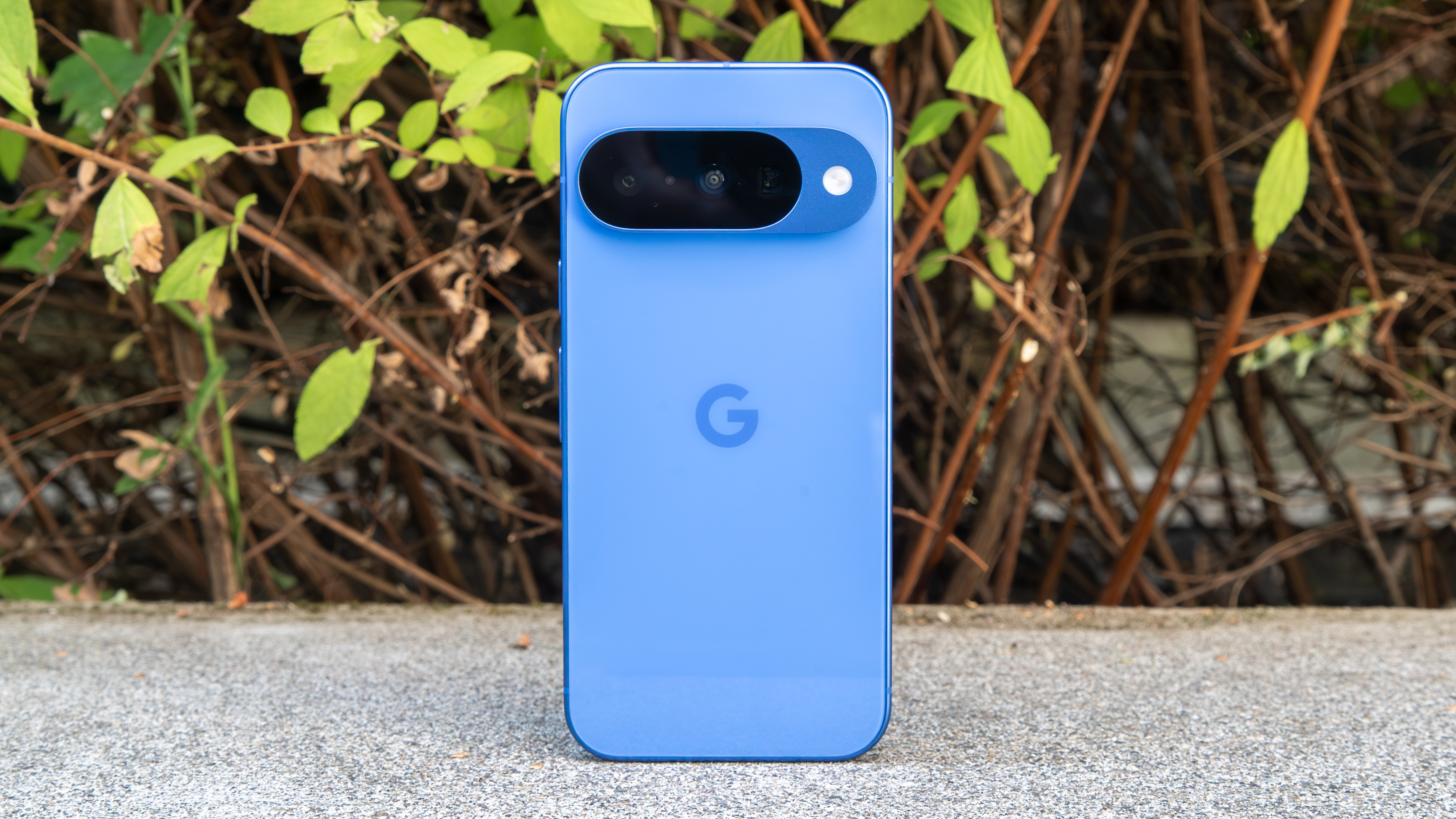
You should buy this if...
- You want a good compact camera phone.
- You want a phone with built-in Qi2 magnetic charging.
- You want the latest and greatest Google AI features.
You shouldn't buy this if...
- You don't want to miss out on Pro features.
- You want a phone with very fast wired charging.
- You need more than 256GB of storage.
The Pixel 9 was not a bad phone, but the Pixel 10 does a better job of justifying its price tag, thanks to upgrades like the triple camera system, new Tensor G5 chip, and built-in Qi2 magnetic charging.
The Pixel 10 continues Google's crusade of creating a phone that can do it all for you, and with new AI features like Camera Coach and Magic Cue, it feels like it's taking a significant step toward being the ultimate AI phone. The only problem is that it's held back by its more expensive Pro siblings, but if you can live without some extra camera features, the Pixel 10 feels as close to Pro as you can get for the price.
A new standard
The Pixel 10 is one of the smartest phones you can buy thanks to the Tensor G5 chip and new Gemini AI features like Camera Coach and Magic Cue.
Test |
Google Pixel 10 (Tensor G5) |
Google Pixel 10 Pro/XL (Tensor G5) |
Google Pixel 9 Pro XL (Tensor G4) |
Honor Magic 7 Pro (Qualcomm Snapdragon 8 Elite) |
Samsung Galaxy S25 Ultra (Qualcomm Snapdragon 8 Elite for Galaxy) |
Samsung Galaxy Z Flip 7 (Samsung Exynos 2500) |
|---|---|---|---|---|---|---|
Geekbench 6 (single-core) |
2,179 |
2,333 |
1,895 |
2,965 |
3,001 |
1,849 |
Geekbench 6 (multi-core) |
4,777 |
6,375 |
4,111 |
6,342 |
9,381 |
6,822 |
Geekbench AI (quantized score) |
2,742 |
3,703 |
3,049 |
2,115 |
4,026 |
3,581 |
3DMark Wild Life Extreme (score) |
3,122 |
3,254 |
2,483 |
6,391 |
4,855 |
4,400 |
3DMark Wild Life Extreme (FPS) |
18.70 |
19.49 |
14.86 |
38.27 |
29.08 |
26.35 |







